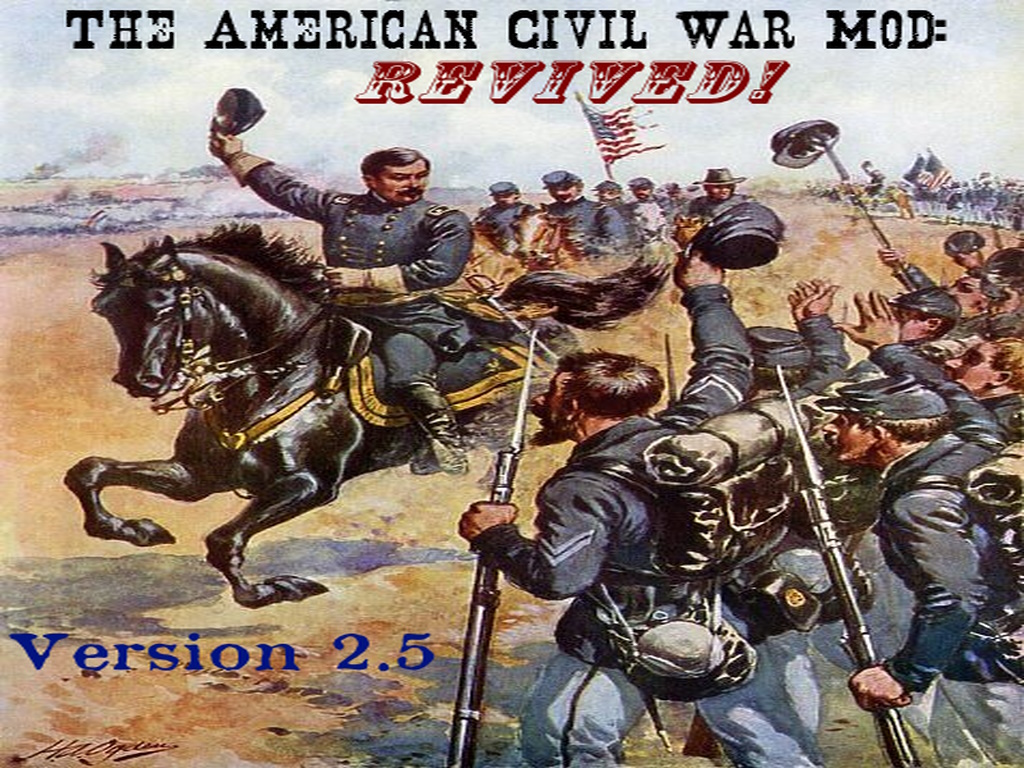
"From whence shall we expect the approach of danger? Shall some trans-Atlantic military giant step the earth and crush us at a blow? Never. All the armies of Europe and Asia...could not by force take a drink from the Ohio River or make a track on the Blue Ridge in the trial of a thousand years. No, if destruction be our lot, we must ourselves be its author and finisher. As a nation of free men, we will live forever or die by suicide."
~ President Abraham Lincoln
If you have installed the mod before, you must delete any previous versions of the mod and start a new game. Never overwrite any files or try to play a saved game from a previous version of the mod.
- Download the winrar package called, "The American Civil War Mod Revived v2.5", and save it to your desktop or another preferred destination that you can easily access.
- Open the package and extract the folder inside called, "The American Civil War Mod Revived", to your modules folder (default location should be, "C:\Program Files (x86)\Steam\steamapps\common\MountBlade Warband\Modules").
- Start Mount & Blade: Warband, select the mod from the drop down menu, and play!
You can join the mod's discord server here: Discord.gg
If you are getting crashes: you need to enable load textures on demand and disable sound variation in your launcher settings. If that alone doesn't work, then you should lower your graphical settings. Don't put everything on max, avoid using resource intensive settings, and don't have more than 300 troops in a battle at once. If you still get crashes, then try loading the mod using Warband Script Enhancer (WSE2). When using WSE2, make sure to run Native once through the WSE2 launcher before trying to use it with the mod, and turn off FXAA and post processing, otherwise the screen will be black. Links to instructions for how to set up and use WSE2 are included under the mod's Frequently Asked Questions (FAQ).
Crashes in Mount & Blade mods are typically a result of the game's old and outdated engine, which is poorly optimized, full of bugs, and limits the amount of video memory the game can use. WSE2 is a new engine for Mount & Blade that not only resolves the issues the old engine has that result in crashes, but also dramatically improves the game's performance. Some players have even reported it making so much of a difference that they could fight with 500 - 1,000 troops in a battle at once!
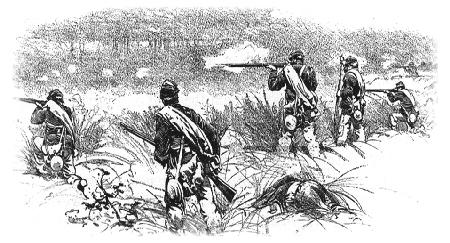
Since the last update on Christmas, we have been hard at work hammering out bugs, and making further improvements and additions to the mod. There is a lot of really great content for us to share with you, and in the following article we will dive into some of the biggest, most noticeable, and most important changes. We hope you will enjoy this update and the incredible stories that inspired it.
Of course a great deal of thanks is due to Madsci, Dalion, and Useless Lesbian (Eldar), for their kindness, generosity and patience in helping out with this latest round of development, and of course the player community itself deserves our gratitude for reporting bugs and sharing their ideas, many of which have made their way into the mod.
Those of you who play the mod via Steam Workshop might notice that some of these updates were already on the Steam version. This is because we had to fix some serious bugs, and unfortunately a lot of stuff that was still a work in progress ended up coming with it, which ruined the surprise. But there's still plenty of new and unseen content to explore, and those features which were a work in progress are now finished.
New Battle Scenes
Vicksburg
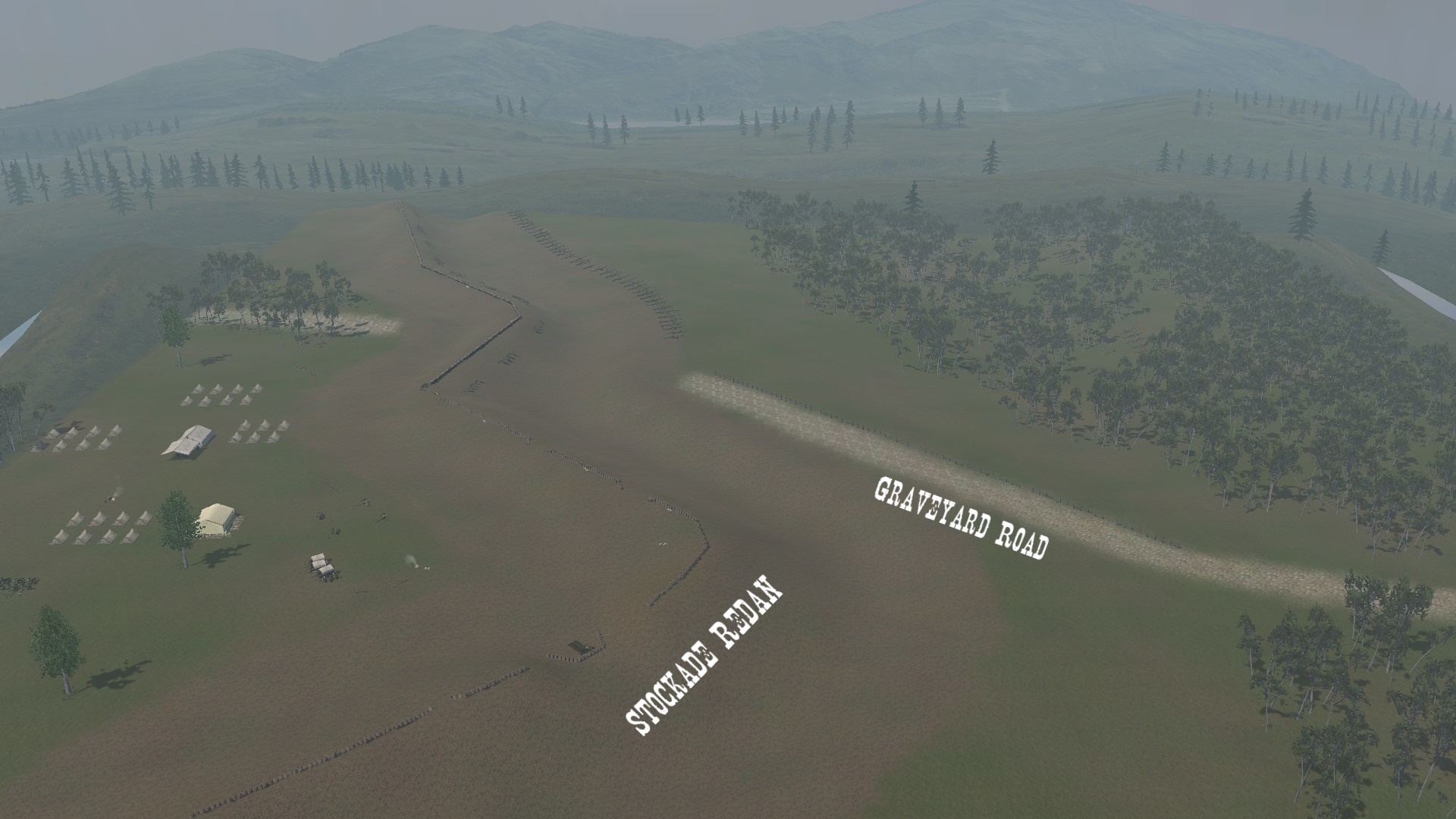
Major General Ulysses S. Grant's successful campaign of May 1863 had led to the defeat of several Confederate armies, bringing him to the outskirts of the city of Vicksburg, Mississippi. President Lincoln was well aware of Vicksburg's strategic value, being quoted as saying:
"See... what a lot of land these fellows hold, of which Vicksburg is the key. Here is Red River which will supply the Confederates with cattle and corn to feed their armies. There are the Arkansas and White Rivers, which can supply cattle and hogs by the thousand. From Vicksburg these supplies can be distributed by rail all over the Confederacy. Then there is the giant depot of supplies on the Yazoo. Let us get Vicksburg and all that country is ours. The war can never be brought to a close until that key is in our pocket. I am acquainted with that region and know what I am talking about."
Grant assumed that the Confederate forces under the command of Lieutenant General John Pemberton must be exhausted and demoralized, however the city possessed strong landward defenses, and marching into the entrenchments had a strong effect on the morale of the men who had suffered through the recent defeats at Champion Hill and Big Black River. In addition, Pemberton had two fresh divisions available, those of generals Martin L. Smith and John H. Forney, which had not seen combat in the previous two battles and whose morale was therefore still intact.
From Fort Hill north of the city to South Fort anchored on the Mississippi River, the entrenchments stretched approximately eight miles in length. Nine earthwork forts were placed at strategic locations along the line, providing additional support along the natural avenues of approach. One of the key points along the Confederate line was a series of fortified lines and earthen fortresses guarding the Graveyard Road, called the Stockade Redan complex, and its chief feature was a large earthen fort called Stockade Redan. While Pemberton was busy preparing for the inevitable arrival of the Union army, Grant's troops were marching steadily toward Vicksburg, emboldened by their recent victories. Although his army was still in motion and not all his troops would be up in time to take part in the assault on May 19th, Grant was determined to make the attack with the troops he had on hand.

Grant scheduled the May 19th assault for 2:00 p.m., with the focal point being the Stockade Redan. The attacking Union troops moved into the ravines on either side of the Graveyard Road, facing not only Confederate musketry and artillery fire, but also the difficulty of moving over broken terrain, with obstacles such as abatis (felled trees) and trip wires placed by the Confederates to impede their progress. The first unit to reach the Stockade Redan was the 1st Battalion, 13th United States Infantry, led by Captain Edward C. Washington, the grandnephew of George Washington. This unit was the first to plant its flag on the Confederate works after seventeen color bearers were cut down, and of the 250 men they deployed, 71 were killed or wounded, including Captain Washington, who was mortally wounded in the assault. Because of the bravery and sacrifice they displayed, the 1st Battalion, 13th U.S. Infantry was granted the honor of inscribing "First at Vicksburg" on its flag. The unit later took the phrase as its official motto, which is still in use to this day.
Although some of the Union troops reached the Stockade Redan, they were pinned in the ditch in front of the earthwork by the hailstorm of musketry and artillery directed at them by the Confederates. Union assaults along other sections of the front suffered a similar fate, and it was only after darkness fell that many of the stunned survivors were able to extricate themselves and retreat to safety. Union Major General William T. Sherman who observed the assault said:
"The heads of columns have been swept away as chaff thrown from the hand on a windy day."
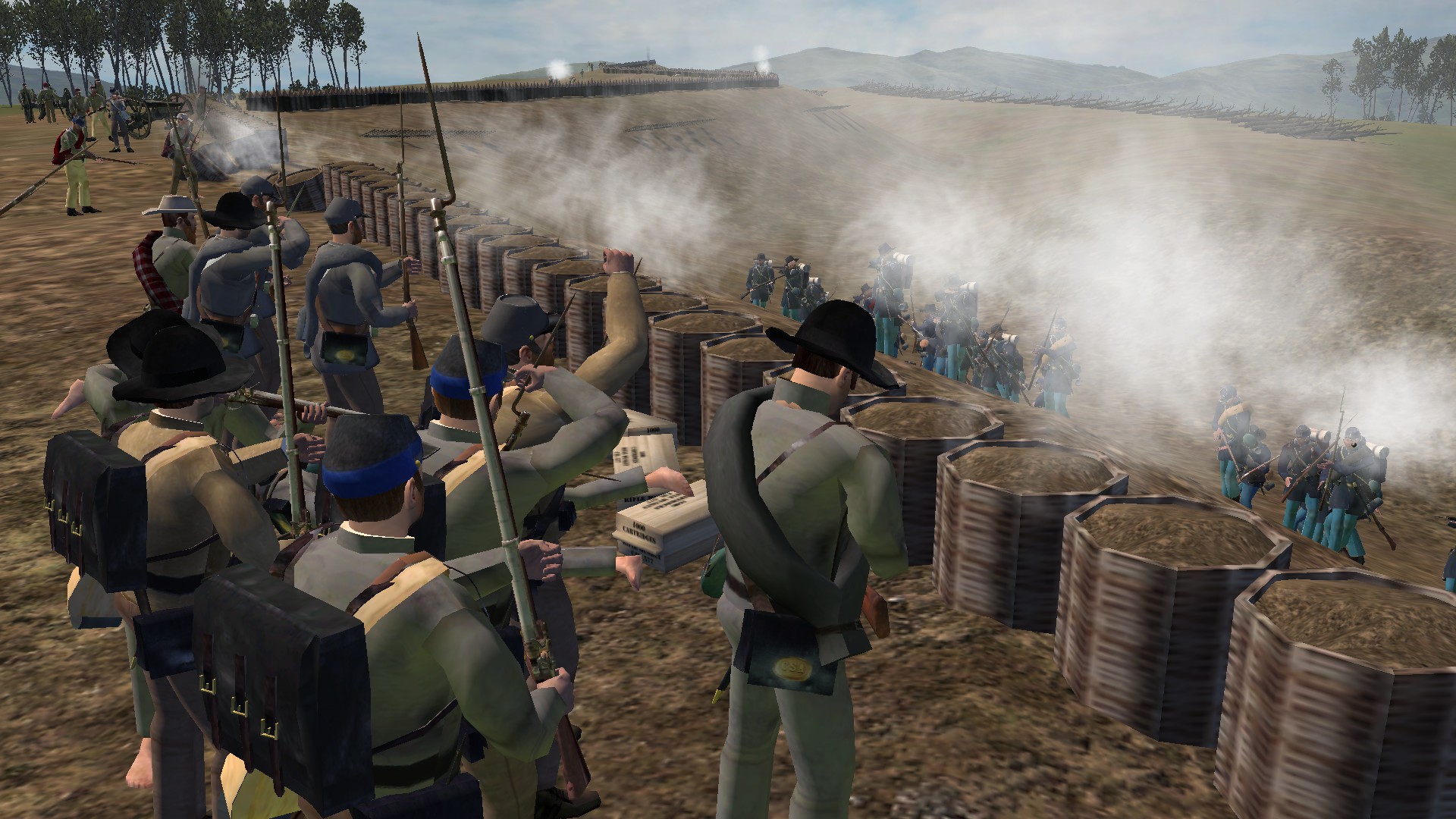
Grant sought to avoid a prolonged siege, and undeterred by the failure of his first attack, he resolved to deploy his entire army for an assault on May 22nd. In the attack on May 19th, the Union soldiers had found the deep ditch in front of the fort too difficult of an obstacle to pass through, so General Sherman and his XV Corps sought a group of volunteers who would precede the next attack, carrying bundles of sticks (fascines), planks, logs, and scaling ladders to the front of Stockade Redan, in order to create a bridge across the 6 ft. deep ditch and place the ladders on the fort's wall. More than twice the required number of soldiers volunteered, having not been given much information about the mission. From that group, 150 men from various regiments in Sherman's corps were selected. Soldiers like these who are chosen to take the vanguard in a military operation are called a "Forlorn Hope", due to the high risk of casualties.
At 10:00 a.m., Union artillery ceased their bombardment, and the men of the Forlorn Hope stepped off toward their objective. As this group made their way down the Graveyard Road, the Confederate soldiers delivered devastating rifle and artillery fire, and many men of the Forlorn Hope were struck down, their bodies practically covering the road. Sergeant George Hyatt of the 127th Illinois Regiment remembered the road as being,
"swept by a perfect hurricane of shot and shell. There was a constant whizz of bullets, and it didn’t seem as if a man of us could reach that fort without being shot full of holes."
Those like Hyatt who managed to survive, placed their fascines, boards, and ladders across the ditch and on the fort. They then took cover in the ditch, waiting for Sherman's assault. Unable to depress their cannon barrels to hit the Forlorn Hope in the ditch, the Confederates began to roll artillery shells down the slope of the fort. The survivors of the Forlorn Hope expected to see the Union attack hot on their heels, but the orders to the units assigned to attack had not been communicated, and the plan was quickly unraveling. Livid at this error, Sherman ordered his troops to move forward, and they pressed down the Graveyard Road toward the strong Confederate lines. However, like the men of the Forlorn Hope, they were savaged by rifle and artillery fire. One Confederate from the 36th Mississippi said the Union soldiers, "fell like grass before the reaper." Sherman ordered more attacks, but each one was driven back with terrible casualties.
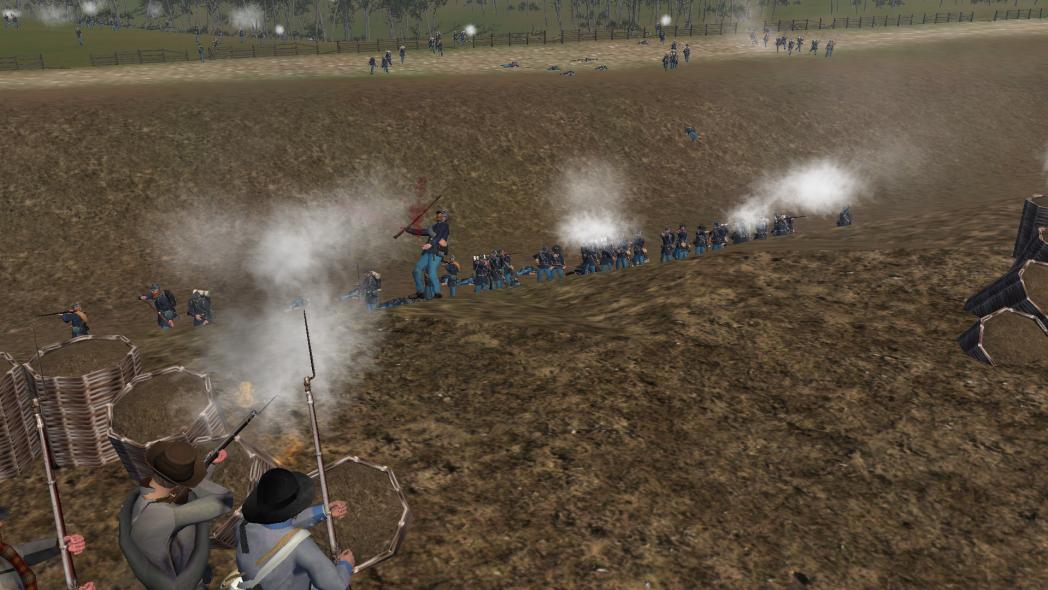
The survivors from the Forlorn Hope raced back toward the Union lines with the rest of the retreating troops, some using the cover of darkness to make their escape. Of the 150 men who comprised the Forlorn Hope, only 81 would make it back alive, and most of them were wounded. Despite the failure of the overall assault, the bravery and selfless sacrifice of these 150 volunteers was recognized by all, and the survivors of the attack were all awarded the Medal of Honor. Unfortunately some of the 81 survivors from the Forlorn Hope mission would not receive their medals until the final years of the 19th century. After surveying the bloody toll from the May 22nd assault, Grant would reluctantly settle into a siege of the city of Vicksburg, and it would take until July 4th, 1863, for the Confederate defenders to finally surrender.
Jackson
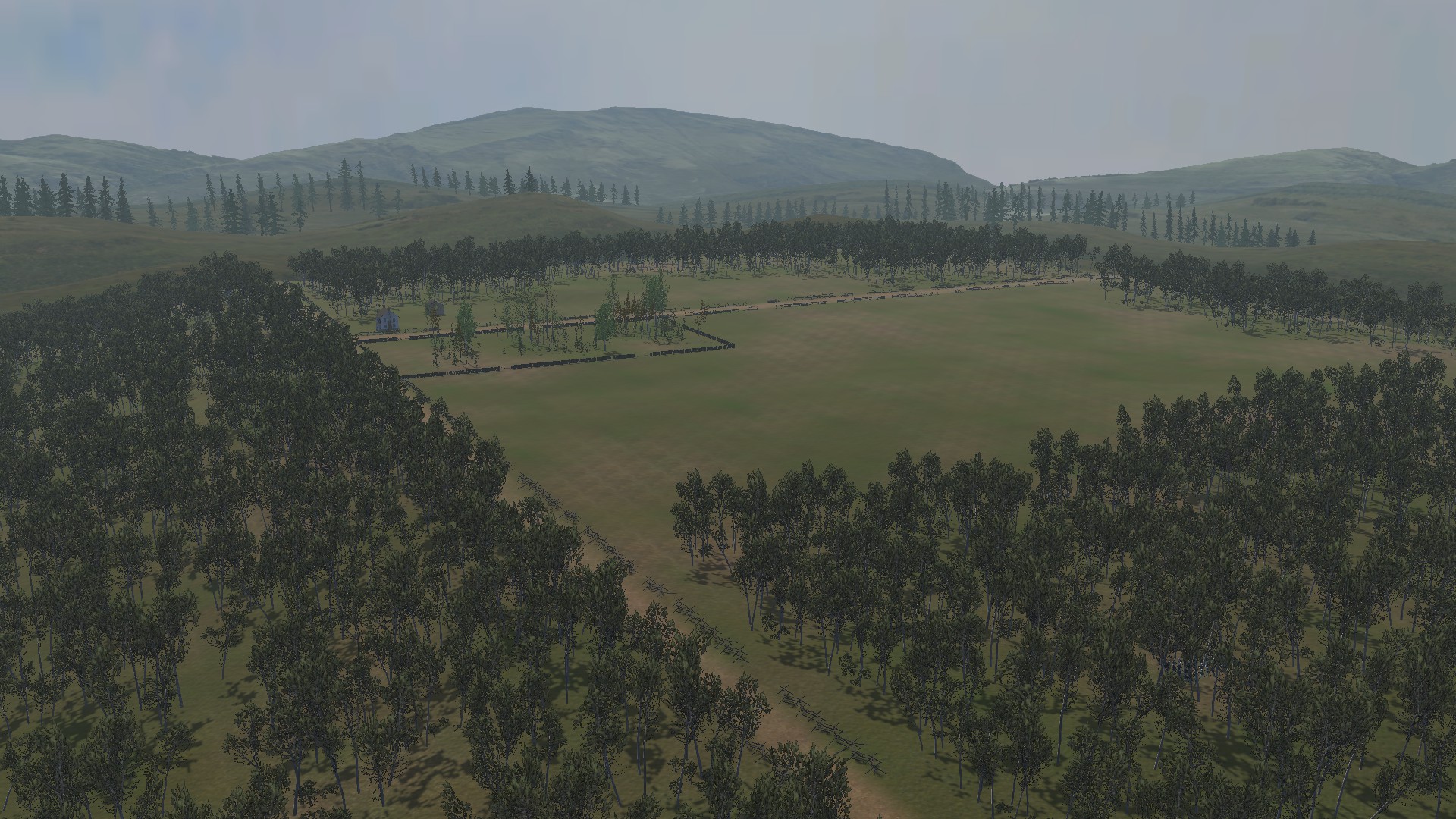
The scene for this battle map is based on the following artistic depiction, which shows the charge of the 17th Iowa, 80th Ohio and 10th Missouri, on the Confederate lines ahead of the main trenches defending the city of Jackson, Mississippi.
With Grant's ongoing operations against Vicksburg, Confederate troops from across the country were dispatched to reinforce the city's defenders. These reinforcements gathered at Jackson, Mississippi, and on May 9th, 1863, General Joseph E. Johnston received a dispatch from the Confederate Secretary of War, James Seddon, directing him to "proceed at once to Mississippi and take chief command of the forces in the field." After the Battle of Raymond, General Grant realized that the Confederate force in Jackson was stronger than he had believed, and was therefore unwilling to leave this Confederate force in his rear, deciding to send his men against the city of Jackson. Grant sent the XV Corps under Major General William T. Sherman, and the XVII Corps under Major General James B. McPherson, with the intention of cutting the city and the railroads off from Vicksburg, and isolating it's garrison.
Johnston, who had a reputation for defeatism, arrived in Jackson on May 13th and after consulting with the local commander, Brigadier General John Gregg, learned that only about 6,000 troops were available to defend the town. Johnston prematurely concluded the city was indefensible, and ordered it's evacuation, leaving behind Gregg's men to serve as a rear guard. However, if Johnston had waited only a short time, by late on May 14th he could have had 11,000 troops at his disposal and by the morning of May 15th, another 4,000. While retreating, Johnston sent Pemberton a misleading message suggesting that Johnston's men would support Pemberton in an offensive movement when he had no intention of doing so, which some historians believe was designed to present the appearance in the official records that he was not abandoning Vicksburg.
5 miles (8.0 km) from Jackson, Union soldiers made contact with the Confederate rear guard on May 14th during a thunderstorm. Confederate Brigadier General W. H. T. Walker and Colonel Peyton Colquitt had formed a roadblock with their brigades outside of Jackson, but the rain forced the action to halt. The Confederates learned of Sherman's approach during the pause caused by the rain, and sent a unit of mounted infantry to confront his troops. After the rain stopped, the Union advance resumed, and McPherson, unsure of the strength of the Confederate force in front of him, initially acted cautiously, using artillery fire to probe the Confederate lines. After determining that he was not facing a large force, McPherson ordered Brigadier General Marcellus M. Crocker's division to attack the Confederate lines. Initial Confederate resistance inflicted about 300 casualties, but Crocker's attack forced the Confederate pickets back into the fortifications around Jackson, and the Union soldiers soon carried the main defenses as well. By the time McPherson's men had reached the fortifications, all of the Confederate defenders except for the crews of seven cannons had withdrawn.
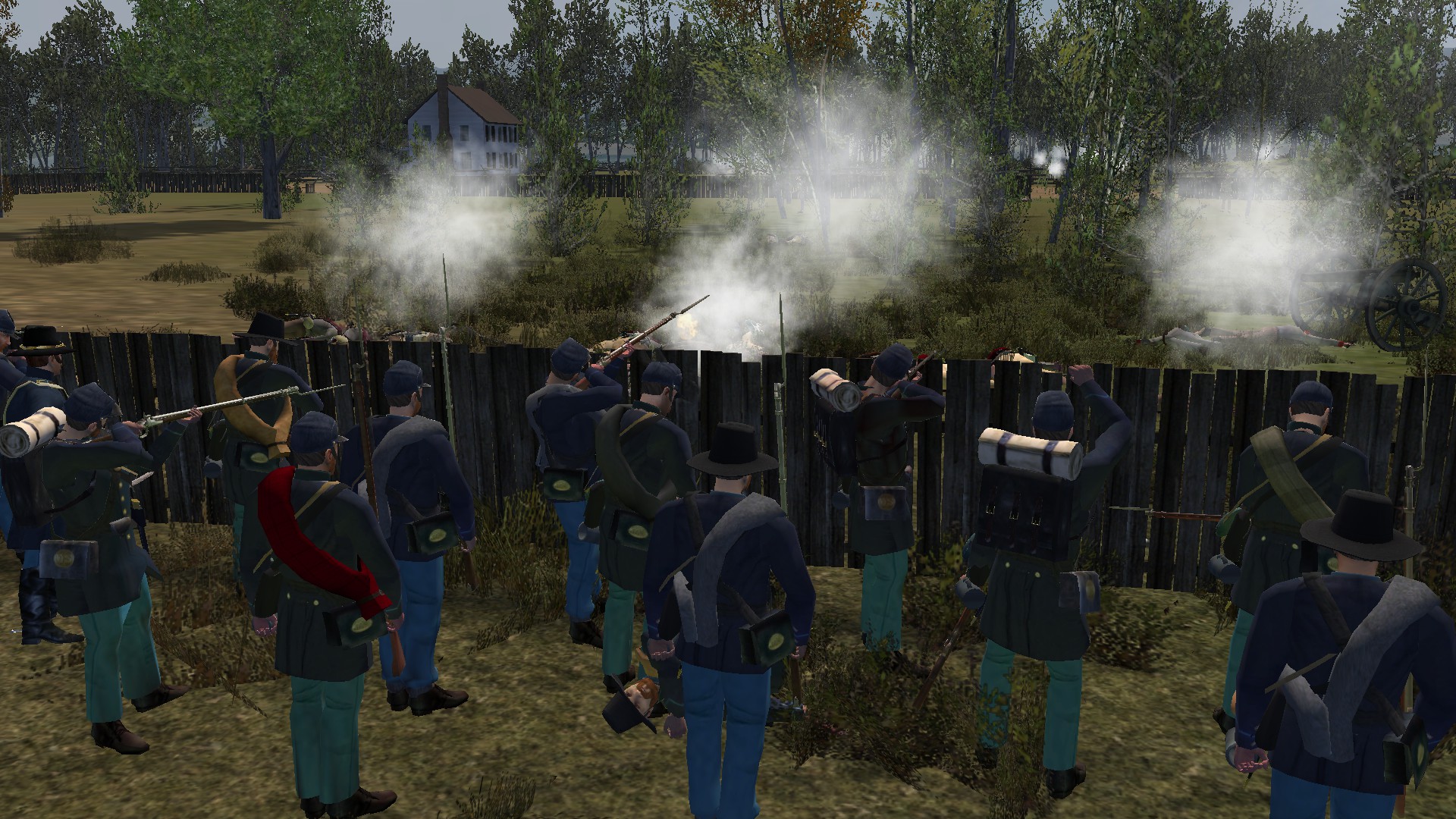
Only a small amount of artillery fire resisted Sherman's advance from the southwest. Sherman detached the 95th Ohio Infantry Regiment to test the Confederate fortifications, and they found that the position had been abandoned. Union troops were informed by an African American civilian that only a token Confederate artillery force remained, and when Sherman's advance occurred not long afterwards, these artillerymen were captured and found to be militiamen and armed civilians. In addition to the seven cannons captured by McPherson's men, Sherman's captured another ten.
After taking the town, Union troops entered Jackson and had a celebration in the Bowman House, hosted by Grant, who had been traveling with Sherman's corps. Sherman's men then demolished critical infrastructure in the city, including factories, warehouses, and other military and economic sites. Iron rails of the Southern Railroad of Mississippi were torn up and bent into circular shapes known as "Sherman's neckties", and civilian homes were also plundered and burned, despite official orders from Sherman prohibiting such behavior. Between the fires that had been set by retreating Confederates to destroy supplies, and those set by Union troops during the occupation, the city of Jackson suffered significant fire damage. The fall of the former Mississippi state capital was a serious blow to Confederate morale, and though reinforcements from across the Confederacy continued to be diverted to Johnston, who eventually amassed 32,000 men, Johnston did not bring on a battle. He reoccupied Jackson on July 7th, but the city was soon placed under siege and Johnston again abandoned Jackson on the night of July 16th - 17th.
Fort Fisher
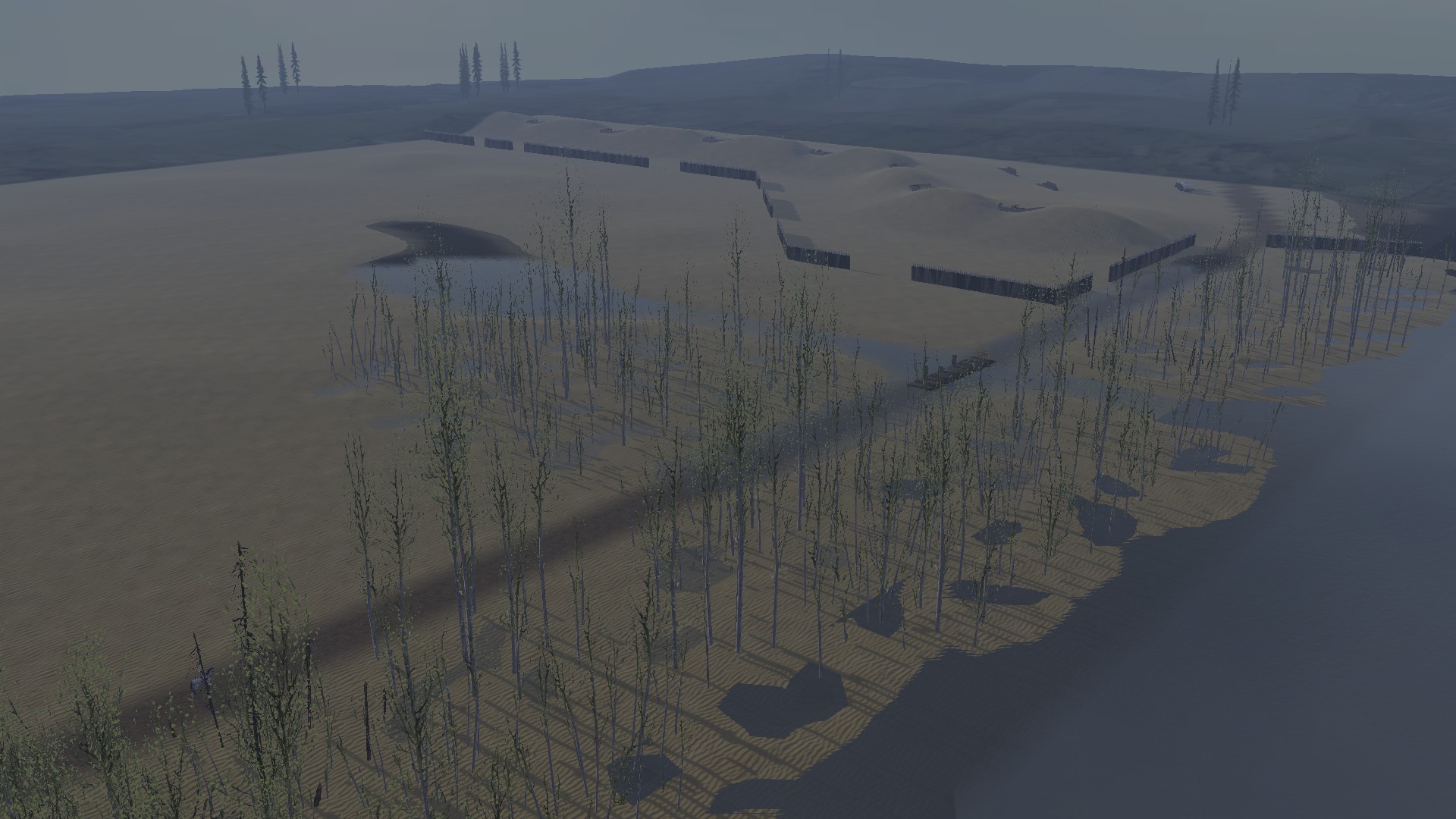
Fort Fisher was a Confederate stronghold, sometimes referred to as the, "Gibraltar of the South", which protected the Cape Fear River and vital Confederate trade routes with Europe from the port at Wilmington, North Carolina. The port in Wilmington traded cotton and tobacco in exchange for foreign goods, like munitions, clothing and foodstuffs. This nourished both the southern states in general, and General Robert E. Lee's forces in Virginia. Trade was based on the coming and going of steamer ships piloted by British smugglers arriving indirectly from British colonies such as Bermuda, the Bahamas and Nova Scotia, and these smugglers were forced to fly the Confederate flag because the Union had imposed the death penalty on any British "pirates" captured in the region.
The importance of Wilmington was further increased after the fall of Norfolk, Virginia in May 1862, and because of Fort Fisher, Wilmington's defenses were the sturdiest in the Confederacy, being defended for a considerable duration of the war. Being built mostly of soil, Fort Fisher's structure was particularly efficient at absorbing blows from heavy artillery fire. This aspect of its design emulated the Tower of Malakoff, which had been constructed at Sevastopol, Russia, during the Crimean War. 22 guns faced the ocean, while 25 faced the land, and the guns facing the sea were mounted on 12 ft. high (3.7 m) batteries with larger, 45 and 60 ft. (14 and 18 m) batteries at the southern end of the fort. Underground passageways and bombproof rooms which could not be penetrated by artillery existed below the giant earthen mounds of the fort, which connected the gun positions and housed an arsenal.
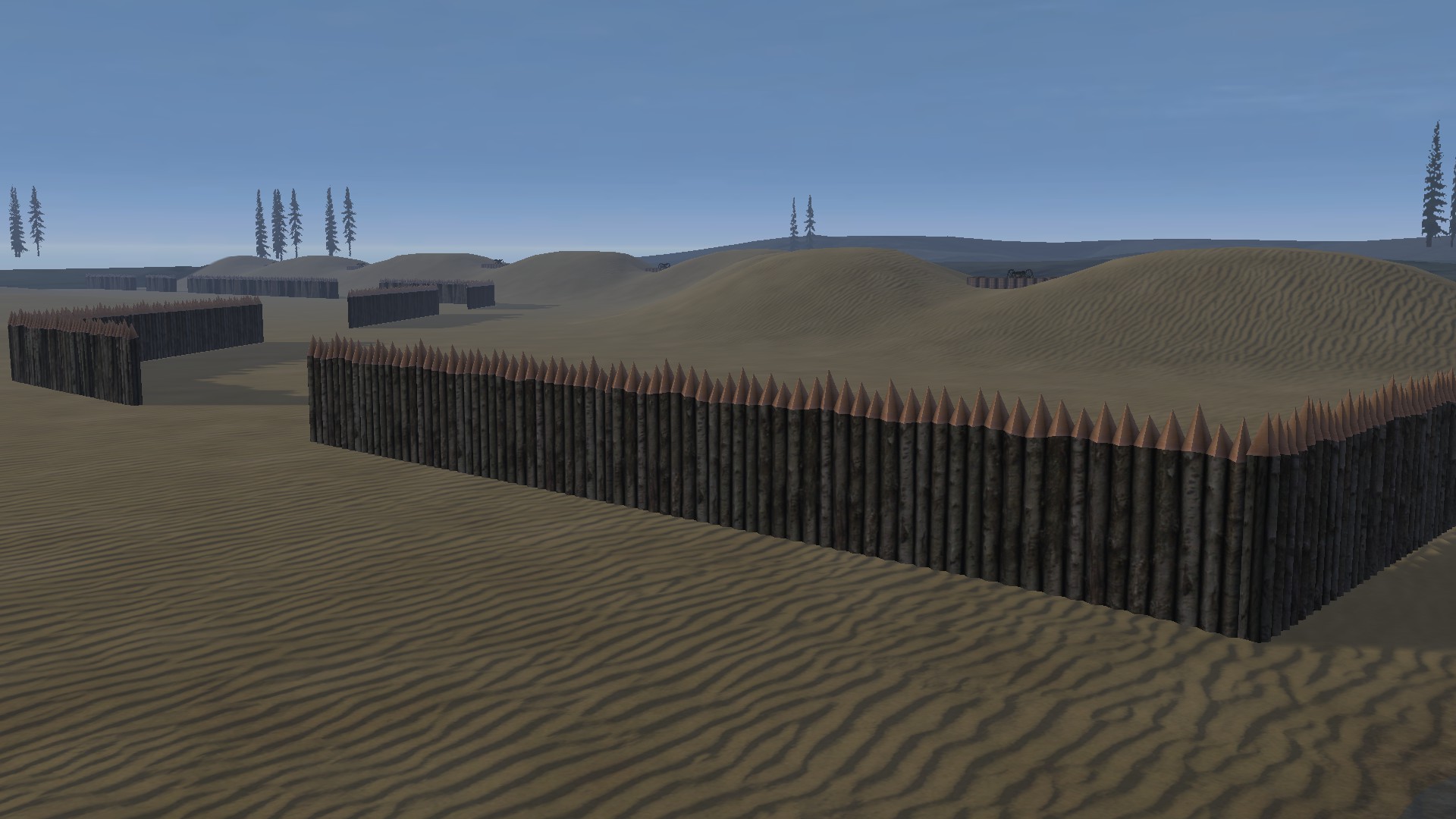
In December 1864, Union Major General Benjamin Butler was detached from the Virginia theater with the Expeditionary Corps of the Army of the James for an amphibious mission to capture Fort Fisher. Butler was joined by Rear Admiral David Dixon Porter, who commanded Union naval forces already in the region. On December 24th, 1864, the Union commenced a naval bombardment of the fort, which temporarily silenced it's firepower because some of the fort's gun positions exploded. This allowed the Navy to land Union infantry, however the landing force was intercepted by the arrival of Confederate Major General Robert Hoke's troops. The Union assault was effectively thwarted and on December 27th, Benjamin Butler ordered the withdrawal of his 1,000 soldiers who were still on the beach. This was in disobedience to the orders of General Ulysses S. Grant, which were to besiege the fort if the assault failed, and as a result Butler was relieved of command by Grant.
Butler was replaced by Major General Alfred Terry, who had previously commanded troops during the Second Battle of Charleston Harbor and understood the importance of coordinating with the Union Navy, laying out detailed plans with Admiral Porter for the joint attack. Terry landed his troops on January 13th, and unwilling to risk opening the route to Wilmington, remained unengaged while the entire Union force landed safely ashore. On January 15th, Admiral Porter's gunboats opened fire on the sea face of the fort and by noon they succeeded in silencing all but four of it's guns. During the bombardment, 1,600 sailors and 400 U.S. marines led by Lieutenant Commander Kidder Breese, landed and moved against a feature known as the Northeast Bastion. The Union Army's original plan was for the naval landing party, armed with revolvers and cutlasses, to attack in three waves with the marines providing covering fire, but instead, the assault went forward in a single unorganized mass, and was routed with heavy casualties.
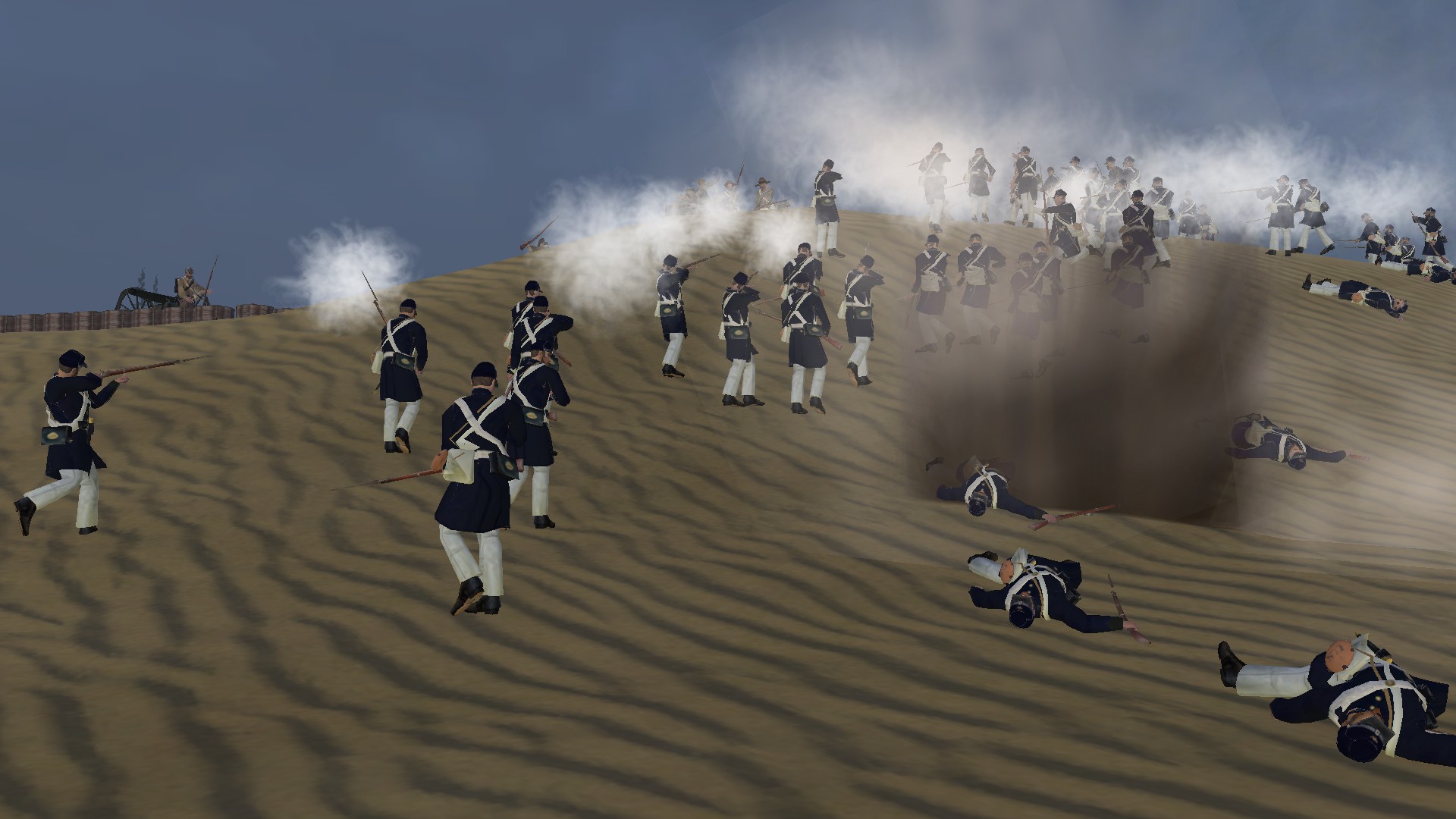
This attack, however, drew Confederate attention away from the river gate, where Brigadier General Adelbert Ames prepared to launch his attack. At 2:00 p.m., he sent forward his first brigade, under the command of Brevet Brigadier Newton Martin Curtis, and an advance guard from Curtis' brigade used axes to cut through the palisades and abatis. Curtis' brigade took heavy casualties as it overran the outer works and stormed the first traverse, and at this point Ames ordered Colonels Galusha Pennypacker's brigade forward, which he accompanied into the fort. Seeing the Union attackers crowd into the breach and interior of the fort, Confederate Major General W.H.C. Whiting took the opportunity to personally lead a counterattack, charging into the Union soldiers. Whiting received multiple demands to surrender, and when he refused he was shot and severely wounded.
Porter's gunboats helped maintain the momentum of the Union assault, with the deadly accuracy of his gunner's aim clearing out the defenders as the Union troops approached the sea wall. About an hour into the battle, Curtis fell wounded while going back to confer with Ames. Pennypacker also fell wounded before the battle ended. The grueling battle lasted for hours and long into the night, as shells plunged in from the sea and Ames struggled with a division that became increasingly disorganized, as his regimental leaders and all of his brigade commanders fell dead or wounded. Terry sent forward Colonel Joseph Carter Abbott's brigade to reinforce the attack, then joined Ames in the interior of the fortress. At this point, the Confederate hold on Fort Fisher was untenable.
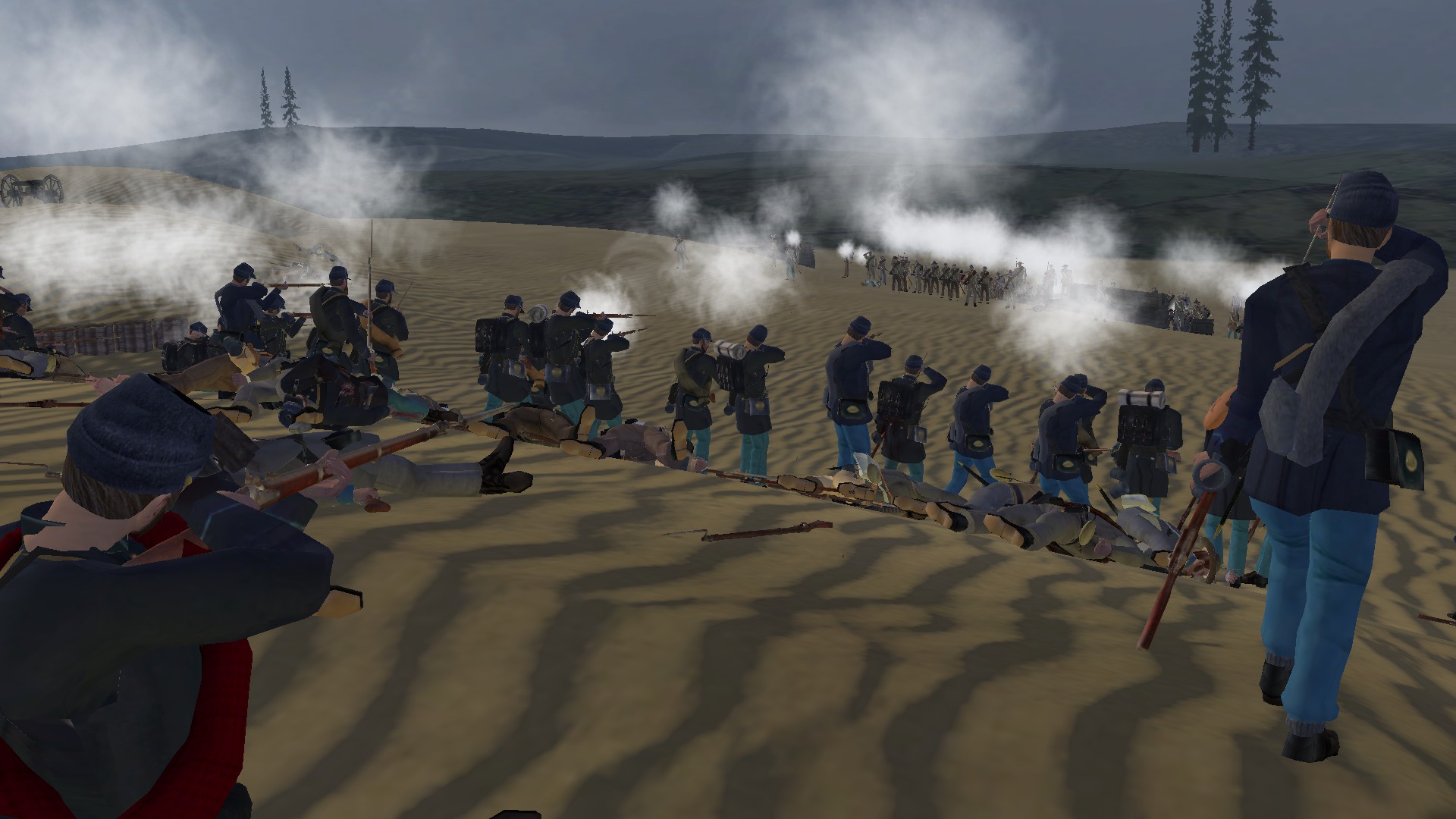
The seaward batteries had been silenced, almost all of the north wall had been captured, and Ames had fortified a bastion within the interior. However, Terry was determined to finish the battle that night, and Ames, ordered to maintain the offensive, organized a flanking maneuver, sending some of his men to advance outside the land wall, and come up behind the Confederate defenders of the last traverse. Within a few minutes the Confederate defeat was unmistakable. With the fort's commander, Colonel William Lamb, having been wounded in the fighting, the acting commander of the fort, Major James Reilly, held up a white flag and walked into the Union lines to announce the fort would surrender. Just before 10:00 p.m. Terry rode to Battery Buchanan to receive the official surrender of the fort.
After the Battle of Fort Fisher, 51 soldiers, sailors and marines received the Medal of Honor for their actions in the fighting. The loss of Fort Fisher compromised the safety and usefulness of Wilmington, which was the Confederacy's last remaining sea port, and thus the South was cut off from global trade. Many of the military supplies which the Army of Northern Virginia depended upon came through Wilmington, and there were no remaining seaports near Virginia that the Confederates could practically use. The potential for European recognition of the Confederacy became entirely unrealistic, and the fall of Fort Fisher was "the final nail in the Confederate coffin." A month later, a Union army under General John M. Schofield would move up the Cape Fear River and capture Wilmington.
Nashville
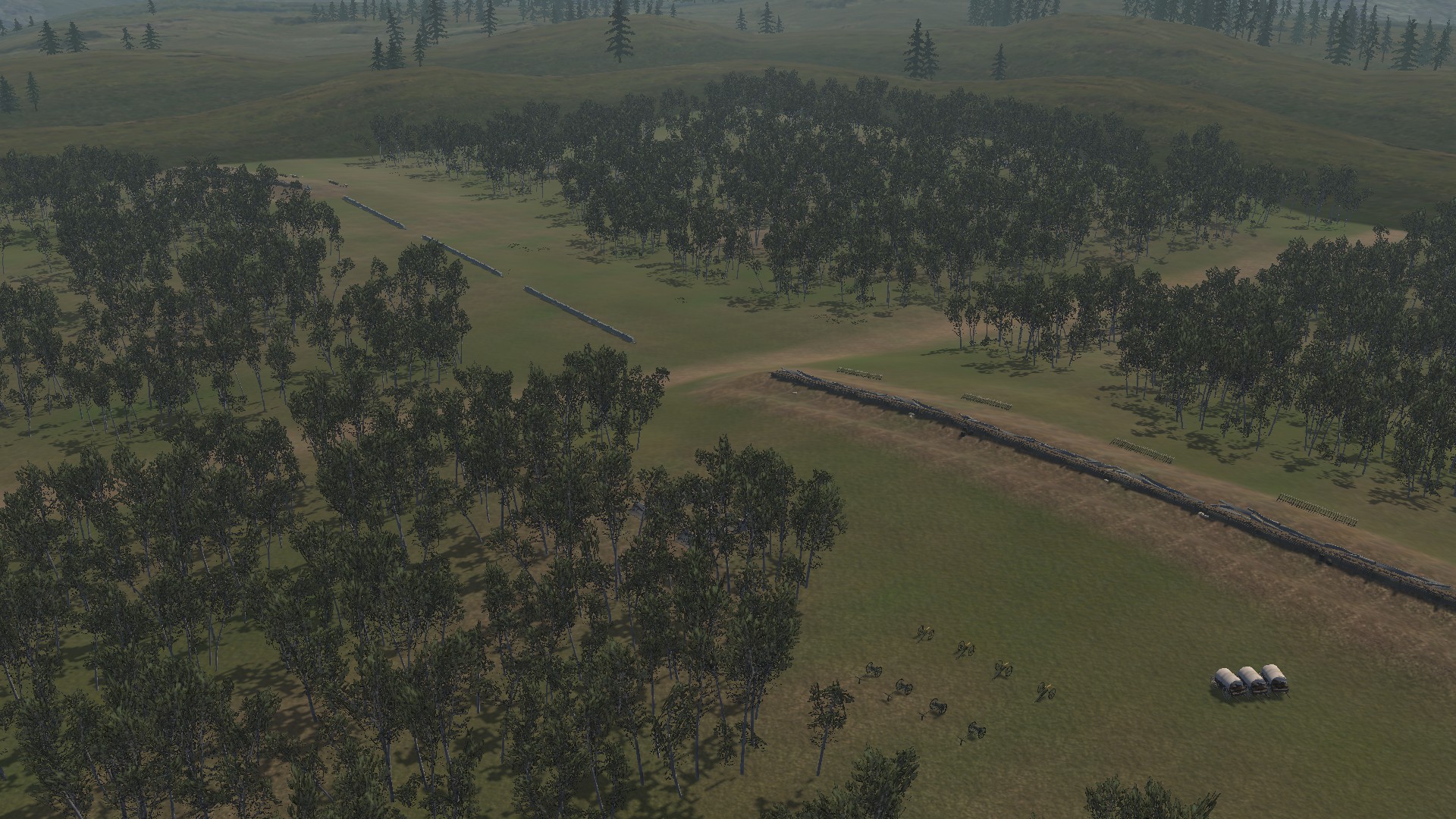
This map is based on the Union attack on the Confederate right flank at Peach Orchard Hill on the second day of the Battle of Nashville.
The Battle of Nashville was fought from December 15th - 16th, 1864, following the Confederate defeat at Franklin on November 30th. Union forces had been constructing defensive works around Nashville since the time the city was occupied in February 1862, and by 1864, a 7 mile long semicircular Union defensive line on the south and west sides of the city protected Nashville. The line was studded with forts, with the largest being Fort Negley, and the trench line was extended to the west after December 1st. On the north and east sides of the city, the Cumberland River formed a natural defensive barrier, and a powerful fleet of tinclad and ironclad gunboats ensured the river barrier was well defended.
The Confederate Army of Tennessee under Lieutenant General John Bell Hood arrived south of the city on December 2nd and took up positions facing the Union forces within the city. As they were not nearly strong enough to assault the formidable Union fortifications, Hood opted to take a defensive posture. Rather than repeat the same mistake of his bloody and fruitless frontal assault at Franklin, Hood decided to entrench and waited, hoping that Union Major General George Henry Thomas would attack him, and after Thomas had smashed his army against the Confederate entrenchments, Hood could counterattack and take Nashville. Hood launched diversionary attacks on the Nashville & Chattanooga Railroad between Nashville and Murfreesboro, believing this diversion would draw Thomas out of the Nashville fortifications, allowing Hood to either defeat Thomas in detail or to seize Nashville by a coup de main once its garrison was depleted. However Thomas did not take the bait, and remained in his fortifications until he was ready to attack on his own terms. This diversion proved to be a critical mistake for Hood, as he had seriously diminished his already outnumbered forces, and also deprived his army of its strongest and most mobile unit, Nathan Bedford Forrest's cavalry.

Despite the severe beating Hood's army had suffered at Franklin, and the superior strength of Thomas' forces, Hood's army could not be ignored as its mere presence and ability to maneuver presented a threat. After cautious preparation, Thomas chose to attack on December 15th, attacking the Confederate right to draw their troops from the left, then delivering a hammer blow on the weakened Confederate left flank. Confederate Lieutenant General Alexander P. Stewart's corps had been wrecked by the day's fighting and retreated to a new line of defense roughly a mile or two south, while Lieutenant General Stephen D. Lee's Corps fought a rearguard action which kept the retreat from becoming a rout, before themselves falling back to the new line with the collapse of the Confederate left.
On the second day of battle, the Confederates had fallen back from their original positions to form a new line that was much stronger and more compact. It was anchored on the east on Peach Orchard Hill, and the western flank ran along a line of hills leading south from Compton's Hill, which after the battle would be called Shy's Hill, named after Colonel William M. Shy, commander of the 20th Tennessee Infantry who died defending it. The center of the Confederate line followed a series of sturdy dry stack stone walls enhanced by entrenching. Thomas repeated his tactics of the previous day, attacking the Confederate right on Peach Orchard Hill before attacking their weakened left flank in force. The attacks on Peach Orchard Hill were made in much greater strength than those made the previous day, with four brigades making the attack at about 3:00 p.m., however heavy musket and artillery fire from the entrenched Confederates quickly broke up the attack. Remarkably, the 13th United States Colored Troops distinguished itself by going in essentially on its own to attack and overwhelm the Confederate defenses, losing one of its flags and 220 officers and men in the process, which amounted to about 40% of the regiment's total strength.
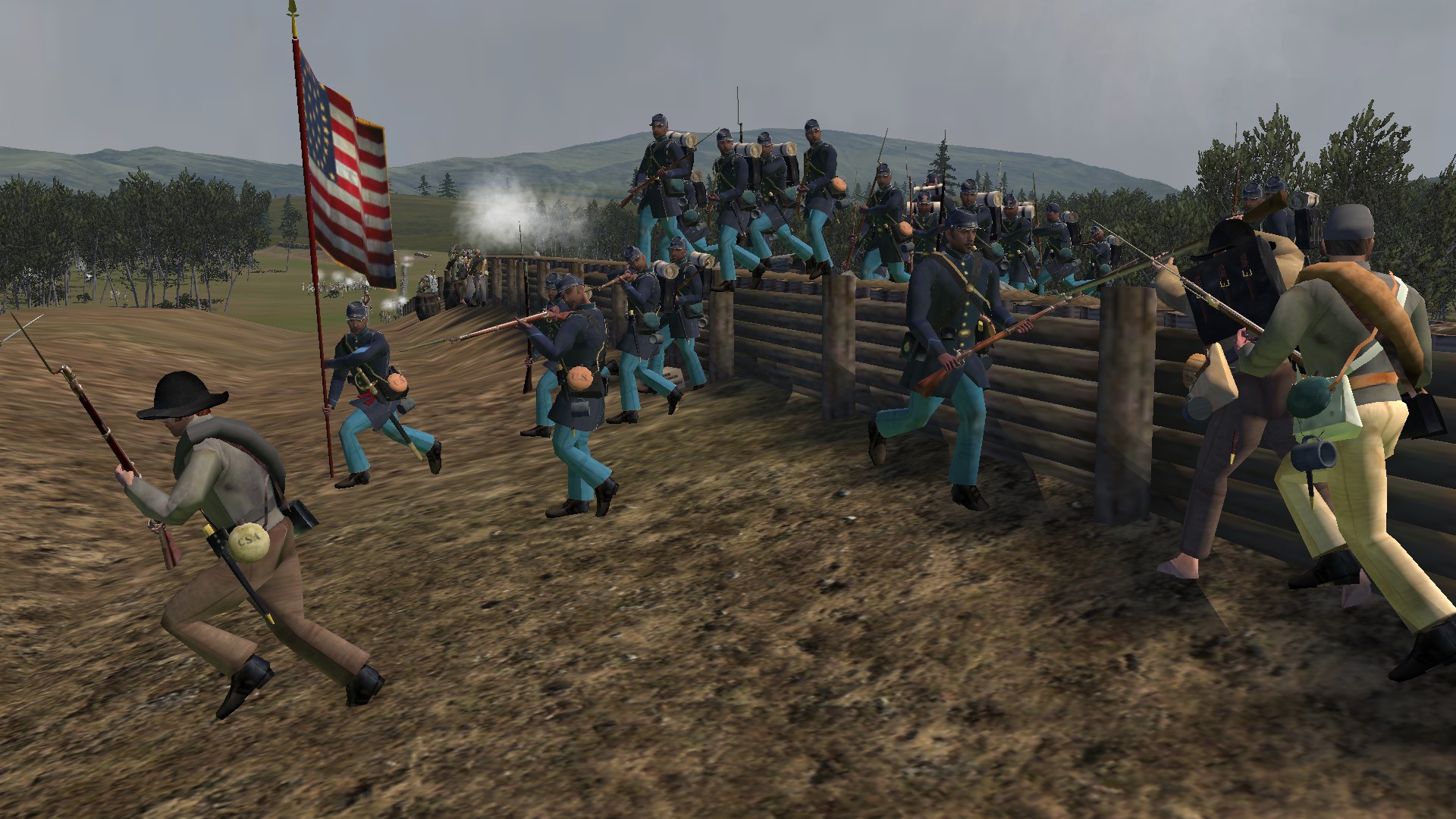
The attack on Peach Orchard Hill had the desired effect, and Hood sent two brigades to reinforce the right, further thinning out the already thin Confederate line on Shy's Hill. The Confederate position on Shy Hill should have been a very strong one, but they had made a critical mistake in the construction of their trenches, building them on the geographical crest of the hill, rather than the military crest on the slope, so when Union troops did inevitably attack, they were protected from Confederate fire until they were almost upon them. When the Union attacked Shy Hill, the Confederate left flank suddenly disintegrated, and their entire line was rolled up west to east. The Confederates retreated to the south, and a part of Lee's Corps, maintaining good order, covered the retreat on Franklin Pike. The Battle of Nashville was one of the largest victories achieved by the Union Army during the war, virtually destroying the Confederate Army of Tennessee as an effective fighting force, and representing the end of large scale fighting west of the coastal states.
Fort Darling
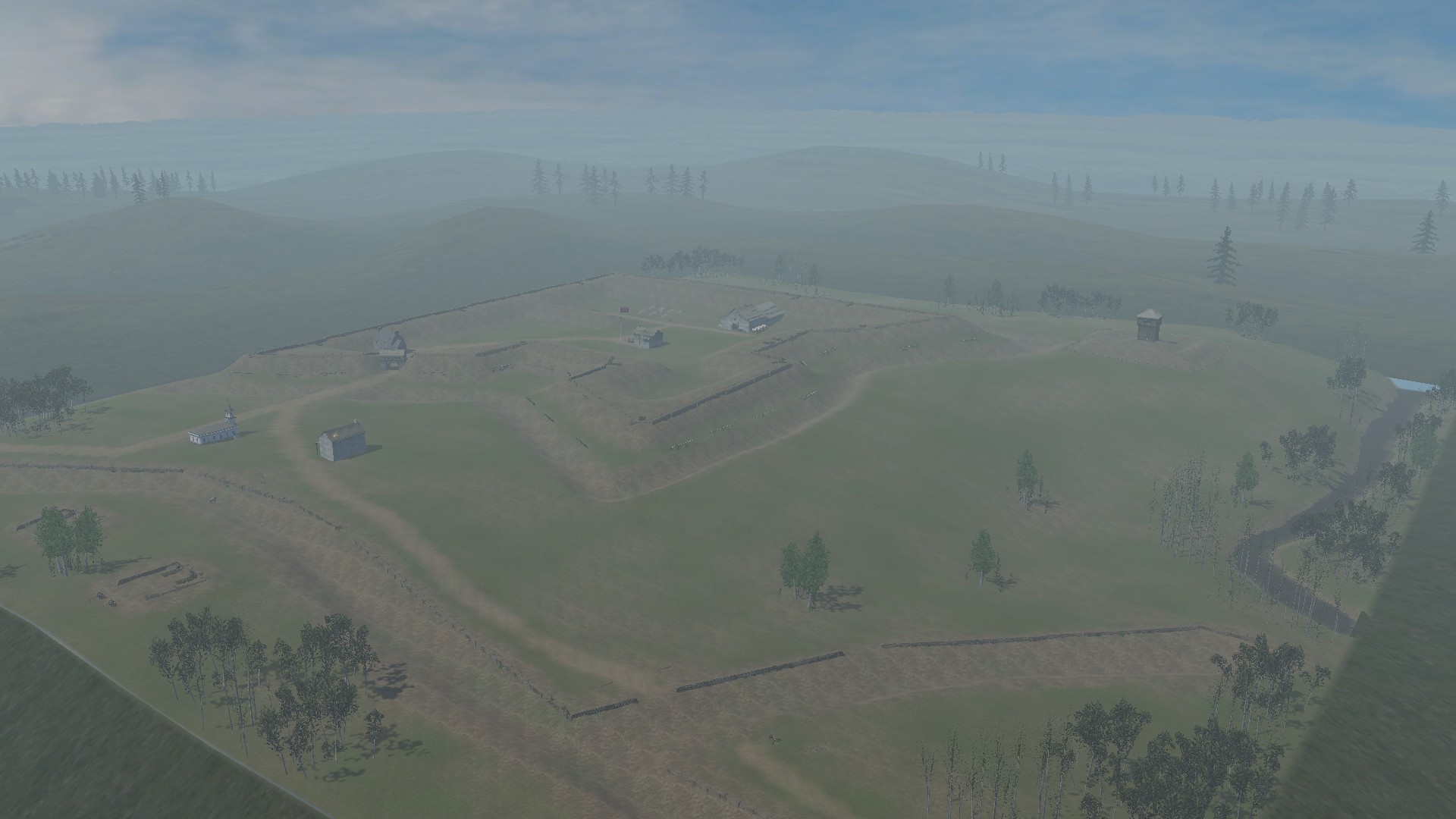
Fort Darling (also know as Drewry's Fort, and Drewry's Bluff Battery), was a Confederate fort located at Drewry's Bluff, a high point of 80–100 feet overlooking a bend in the James River south of Richmond, Virginia, and protected the Confederate capital from Union naval attacks throughout most of the war. On March 17th, 1862, Captain Augustus H. Drewry a local landowner (after whom Drewry's Bluff is named) moved in with his artillery unit, and began constructing earthworks as well as installing one 10-inch and two 8-inch columbiads, the installation of which was overseen by General Robert E. Lee's eldest son, Brigadier General G.W.C. Lee. The garrison was joined on May 9th by the crew of the CSS Virginia, who had scuttled their ship with the fall of Norfolk, and with their help, the defenses were expanded further and obstacles sunk into the James River, along with 6 more guns placed in a battery upriver.
On May 15th, the USS Monitor, USS Galena, Port Royal, Aroostook and Naugatuck, led by Commander John Rodgers, engaged the defenses at Fort Darling. The fighting lasted for 3 hours and 20 minutes. The fire from Fort Darling high on the bluff and the riverside battery made it too dangerous for the three wooden ships to advance, so the ironclad Monitor and Galena advanced together on the defenders. After 18 hits pierced Galena's armor and caused fires to start in the ship, the attack was called off and Rodgers turned his forces around. After this action, which became known as the Battle of Drewry's Bluff, Fort Darling saw no more action for two years. Defenses were strengthened, along with better accommodations, and the fort served as a training site for the Confederate States Naval Academy, as well as the Confederate Marine Corps.
On May 5th, 1864, the Union returned with 30,000 troops under the command of Major General Benjamin F. Butler, landing only 15 miles south of Richmond. Within a few days they had reached Fort Darling and managed to overtake some of the outer defenses. However the indecisive Union generals failed to consolidate their hold, and soon 18,000 Confederate infantry under General P.G.T Beauregard arrived and routed the attackers on May 16th. Once again, Fort Darling had driven off a Union attack and protected Richmond.
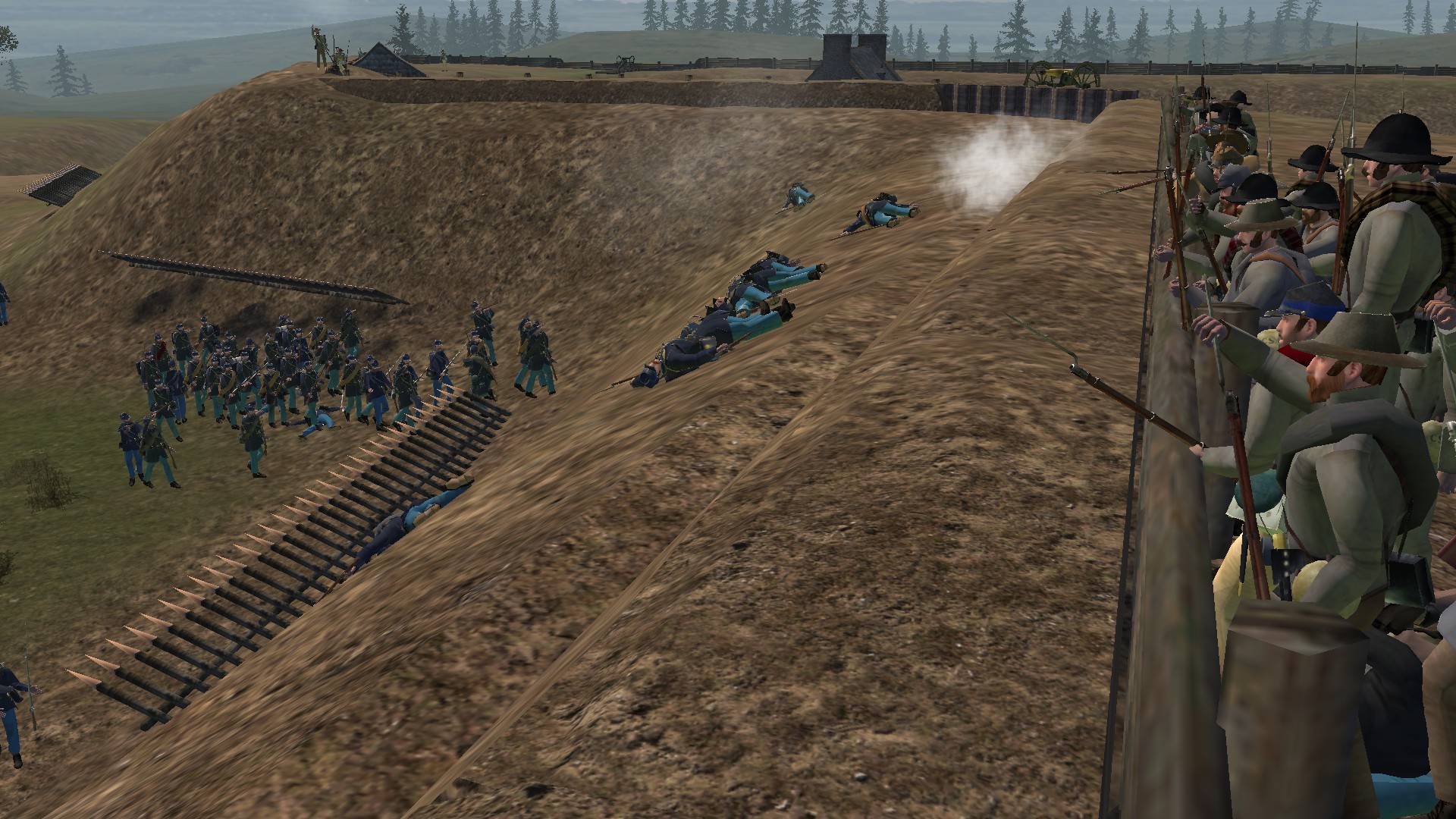
With the evacuation of Petersburg and Richmond on April 2nd, 1865, the soldiers, marines and sailors of Fort Darling joined the movement westwards and eventually surrendered after the Battle of Appomattox Court House on April 9th. The obstacles were cleared from the James River and President Abraham Lincoln passed by the fort on his way to Richmond.
Since there was no prolonged land based siege of Fort Darling, I have taken the liberty of adding trenches for the attackers outside of the fort to make it more feasible to storm and take the walls. This scene is based on the following diagram, as well as several other artistic depictions, photographs, and written sources, that helped give me a more complete picture of how the fort looked and how I could make it work in the game.
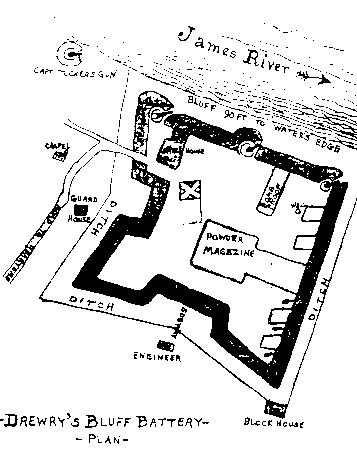
This map will, of course, be replacing the siege scene for Richmond, which will now greatly benefit from having it's own custom scene rather than the old placeholder. The fort also includes the blockhouse indicated on the above diagram as part of it's defenses, which will be manned by AI troops. The doors to the blockhouse are destructible as well, so the troops inside can be relatively safe while still being possible to be killed by the player with a bit of effort. The blockhouse is practically a miniature fort by itself, helping to defend the main fort by being able to shoot from a high vantage point that is well entrenched. This also adds another dimension to overcoming the fort, providing an opportunity for the player make more complex decisions in their attack.
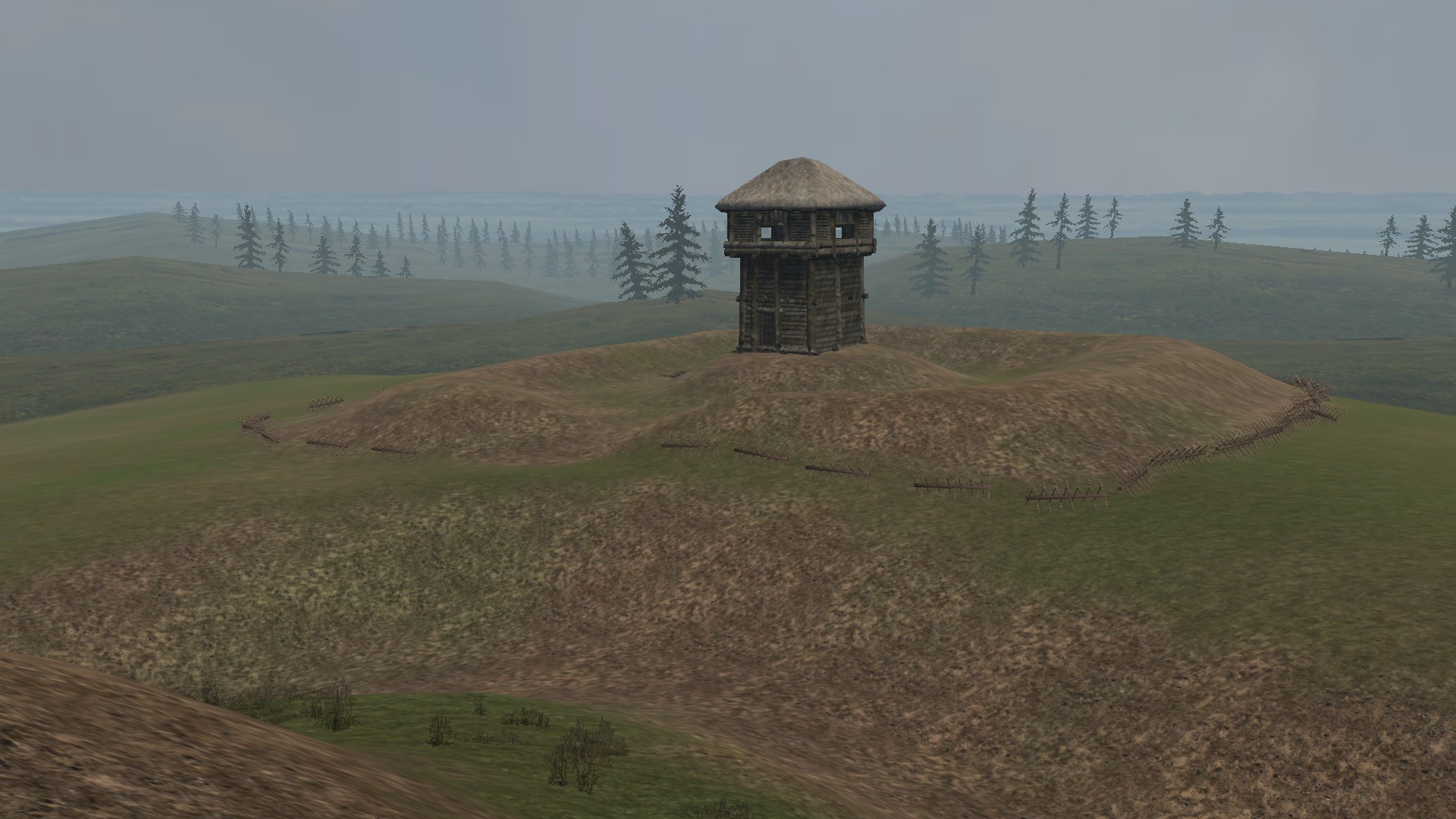
Players defending Richmond will find this map to be a huge boon to the city's survivability, as it's extensive and well constructed fortifications are a major threat to any attacking force. I also have plans to replace Washington's siege scene with proper fortifications, but that is for a future update.
New Units
79th New York Infantry "Cameron Highlanders"
The 79th New York Infantry Regiment, nicknamed the "Cameron Highlanders", was one of the most widely recognized and well traveled regiments in the Union Army during the American Civil War. The 79th New York was established in the fall of 1858 in response to the State of New York requiring the 2nd New York to conform to the new uniform regulations. The Highland Guard/79th New York was created with the help of the St. Andrews and Caledonian societies of New York and wealthy financial backers like Samuel M. Elliot and Roderick W. Cameron, who felt the need for a "kilted" regiment that would reflect the heritage of the many Scots in the city. It should be noted that the 79th New York Highlanders had no connection to the 79th Cameron Highlanders of Scotland.
The Scottish-themed uniforms were a standout feature of the regiment, consisting of a Highland Cut Coat of dark indigo blue, applied false red cuffs, a blue collar which was trimmed with red facings with a small white piping line behind it, tartan trousers, and Glengarry bonnet. When on parade, the 79th wore the kilt, going against the wishes of the New York Militia, which wanted them to only wear trousers. While most Union soldiers wore practical yet monotonous blue uniforms, the colorful 79th New York added a splash of vibrancy to the battlefield.
When the war broke out in 1861, the Highlanders were mobilized and, as the regiment was under strength, new men were quickly recruited before they left New York City. The regiment was initially mustered into service for a three-year duration on May 29th, 1861, and on June 2nd, the 895 strong Cameron Highlanders, complete with pipe band, marched down Broadway in New York City on its way to Washington. The 79th New York went on to fight in numerous engagements throughout the Civil War, including but not limited to such famous examples as the First and Second Battles of Bull Run (Manassas), Antietam, Fredericksburg, the Siege of Vicksburg, the Siege of Jackson, the Battle of the Wilderness, Spotsylvania Court House, Cold Harbor, and Petersburg. The regiment quickly became known for their fighting spirit and rugged determination, something the Confederates learned first hand on many occasions.
By the end of the war, those veterans whose term of enlistment had expired returned to New York City, where they were discharged. Less than 130 of the regiment's original members were left. Those with unexpired service were sent to guard Confederate prisoners bound for Alexandria. After the surrender of Robert E. Lee at Appomattox, the regiment moved back to Washington and took part in the Grand Review of the Armies on May 23rd, 1865. It continued duties at Washington until the men were eventually mustered out of Federal service on June 14th, 1865, whereupon the regiment returned to state militia status. New glengarries were sent for the regiment by the Ladies of the New York Scottish Society to wear for their re-entry into New York City.
Over the course of the war, the 79th New York lost 198 killed, plus 304 wounded or missing, out of a total enrollment of 2,200 men.
It is worth noting that in the mod, the 79th will at first be equipped entirely with Springfield Model 1842 smoothbore muskets with buck & ball ammunition, and when they are upgraded to the veteran tier, they will switch to using Pattern 1853 Enfield rifle muskets.
58th New York Infantry "Polish Legion"
The 58th New York Infantry Regiment, also called the Polish Legion, was a regiment composed almost entirely of immigrant volunteers, mostly including Poles, but also Germans, Danes, Italians, Russians, and Frenchmen, most of whom were recruited at New York City in 1861. In August 1861, Włodzimierz Krzyżanowski, a Polish officer who had fought in the Greater Poland Uprising of 1848, was authorized by United States Secretary of War Simon Cameron to recruit a regiment. Krzyżanowski recruited about 400 men, whom Krzyżanowski called the United States Rifles. The regiment was constituted October 19th, 1861, by consolidating four companies recruited by Krzyżanowski and six companies previously consolidated by Frederick Gellman. Krzyżanowski was commissioned a colonel, and Gellman a lieutenant colonel.
The appearance of the Polish Legion was distinctive, with a red collar and cuffs adorned with with buttons of an eagle on a shield, and the state seal of New York. The regiment's Polish heritage was also showcased with their caps, called a czapka, which was adorned with a golden eagle emblem. On June 8th, 1862, the regiment faced battle for the first time at Cross Keys, Virginia, in which Frémont's forces were defeated by a Confederate corps under the command of General "Stonewall" Jackson. The 58th New York made a bayonet charge in which the Confederate line was driven back about 100 yards (90 m), and Captain Louis Schirmer of the 2nd Independent Battery, New York Light Artillery, reported of the "great gallantry" with which the regiment supported his battery during the battle.
The Polish Legion went on to fight in the Second Battle of Bull Run, where they were actively engaged with Confederate forces, suffering 14 men killed, 32 wounded (including those mortally), and 11 missing. Under the command of Captain Frederick Braun, the regiment then marched to Chancellorsville, Virginia, where it engaged in the Battle of Chancellorsville in May, 1863. When Jackson made his famous flanking attack on the XI Corps, the regiment was engaged in fighting during which Braun was shot and mortally wounded on his horse, with Captain Emil Koenig assuming command. At the Battle of Gettysburg, two companies of the 58th New York engaged in the battle on the first day on the north side of the town, and fell back through the streets to Cemetery Hill with the rest of the army. During the second day, the regiment supported artillery on Cemetery Hill, which began counter-battery fire against Confederate batteries on Benner's Hill in the afternoon. The Confederate artillery barrage inflicted numerous casualties upon the XI Corps, including the 58th's regimental adjutant, First Lieutenant Louis Dietrich, who was struck by one of these missiles and killed, while several others in the regiment were also killed or wounded.
At dusk, Harry T. Hays' Louisiana Brigade (Louisiana Tigers) and Robert Hoke's North Carolina Brigade assaulted the Union position on East Cemetery Hill, and attained a temporary success by charging up the slope and through the cannons of Captain Michael Wiedrich's Battery I, New York Light Artillery, driving the gun crews from their weapons. Led by Major General Carl Schurz in person, the Polish Legion and the 119th New York Volunteer Infantry Regiment hastened to the rescue of the artillery, however the Confederates were repulsed without their assistance. On the morning of July 3rd, the regiment moved to the right of the Baltimore Pike leading into Gettysburg, and one company was sent forward to take possession of the houses on the outskirts of Gettysburg. During the day, Confederate sharpshooters kept up a continuous fire on these houses. The regiment joined the pursuit of General Robert E. Lee's defeated Army of Northern Virginia, and crossed the Potomac River, returning to Virginia on July 19th.
In September, 1863, the XI Corps and the XII Corps were ordered to the Western Theater to assist General Rosecrans' Army of the Cumberland. The regiment was present at the night combat Battle of Wauhatchie, Tennessee on October 28th, 1863, and at the Battle of Missionary Ridge on November 23rd, 1863, suffering slight casualties. At the conclusion of the American Civil War, the regiment proceeded to Nashville, Tennessee, in September, 1865, where it was paid and discharged on October 1st, 1865.
United States Marine Corps
Although today the United States Marine Corps is considered an integral part of the United States military, the Corps played a small role during the American Civil War, with their most prominent task being blockade duty. The U.S. military was ill-prepared for the magnitude of the conflict, and the the Marine Corps especially; the Corps' total strength in 1861 numbered just 63 officers and 1,712 enlisted men. As more and more states seceded from the Union, about a third of the Corps' officers left the United States to join the Confederacy and form the Confederate States Marine Corps. On July 12th, the new secretary of war, Simon Cameron, wrote to request "that the disposable effective Marines now here may be organized into a battalion and held in readiness to march on field service."
Under the command of Major John G. Reynolds, the 350 man battalion of Marines left Washington to participate in the looming battle of First Bull Run (Manassas). Reynolds' Marines were attached to Captain Charles Griffin's battery of flying artillery, known as the West Point Battery, in order to lessen the likelihood that the raw Marine recruits would see much, if any, combat in the battle. However the Marines were challenged by the artillery unit, which contained six horse-drawn cannons, racing ahead of the Marines at every opportunity, and as Reynolds reported later:
"The battery's accelerated march was such as to keep my command more or less in double-quick time; consequently the men became fatigued or exhausted in strength."
Initially, the Marines and Griffin's battery held firm, while other inexperienced Federal troops buckled under the intense fire of the Confederates and began to fall back, but the arrival by train of Confederate reinforcements led by Brigadier General Joseph E. Johnston quickly changed the course of the battle. The Union troops broke and fled, including the Marines, and without support, Griffin's battery was overrun. The Marine Corps commandant lamented that it was, "The first instance recorded in its history where any portion of [the Corps'] members turned their backs to the enemy." Nevertheless, as the least experienced soldiers in McDowell's woefully inexperienced army, the Marines gave a reasonably good account of themselves under fire, and their 13% casualty rate was nearly equal to the Regular Army battalion, the most experienced unit in the Union army at Bull Run.
Congress only slightly enlarged the size of the Marine Corps following Bull Run, due to the priority given to the Army. After filling detachments for the ships of the Navy (which had more than doubled in size by 1862), the Marine Corps was only able to field one battalion at any given time. Marines from ships' detachments, as well as ad hoc battalions, took part in the landing operations necessary to capture bases for blockade duty, and these operations were mostly successful. The Marines participated in the capture and occupation of New Orleans and Baton Rouge, Louisiana, in April and May 1862, which were key events in the war that helped secure Union control of the lower Mississippi River basin, denying the Confederacy a major port and naval base on the Gulf Coast.
Despite the Marines' participation in major land battles at First Bull Run, Fort Wagner, Tulifinny Crossroads, and Fort Fisher, the Corps' main contribution during the Civil War was aboard the ships of the blockading squadrons and inland river flotillas. At the Battle of Mobile Bay in August 1864, Marines aboard Admiral David Farragut's flagship, the sloop of war USS Hartford, helped beat back an attempt by the Confederates to ram and sink the vessel. Corporal Miles M. Oviatt, aboard the nearby sloop of war USS Brooklyn, and seven other Marines, received the Medal of Honor for their roles in the battle. Farragut himself said of the Marines, "I have always deemed the Marine guard one of the great essentials of a man-of-war.", and Rear Admiral Samuel Du Pont was even more emphatic with his praise, saying, "A ship without Marines is not a ship of war at all."
The Marine Corps' reputation as the premier amphibious unit of the United States would not reach fruition until many years later, on the islands of the South Pacific during World War II, where the Corps was able to put into effect the hard lessons learned in the Civil War: unity of command, parallel planning, rehearsed landings, and close integration of naval fire support.
1st Michigan Sharpshooters
The 1st Michigan Sharpshooters was organized at Kalamazoo and Dearborn, Michigan, between April 14th and October 7th, 1863, and of it's six companies, Company K was composed primarily of Native Americans, especially members of the Ojibwa, Odawa, and Potawatomi nations. Although some members of the regiment were armed with repeaters and breech-loaders, and despite their commander, Colonel Charles Victory DeLand's attempts to requisition 700 Henrys for the regiment, the majority of the regiment remained armed with Springfield Model 1861 rifled muskets. The men of Company K were met with vigorous training, and distinguished themselves with their marksmanship, and their ability in skirmishing and infiltration. These native troops were promised the same benefits as white soldiers, such as $13 pay a month, which outweighed the $10 monthly pay that U.S. Colored Troops (USCTs) received until equal pay was mandated.
Despite the difference in pay, those in Company K began their wartime service in the same way many USCT regiments did, by defending military storehouses, guarding Confederate prisoners, and facing not only boredom, but also disease and desertion. The native soldiers first saw action at the Battle of the Wilderness on May 6th, 1864, south of Saunders' Field.
"They, on the very first day at the front, caught on to the great advantage our enemy employed over us in the color of uniform. Ours was blue, and could be seen at a long distance; while the "Johnny" (as we called them) could not be spotted at a comparatively short distance, even when lying in an open field.
This disadvantage to us was appreciated almost immediately that these Indians got in the field, and they would go out and find a dry spot of earth and roll in it until their uniform was the complete color of the ground before going out on the skirmish line; and if the day was wet, they would not hesitate to take mud and rub it over their clothes, for as soon as this dried a little they would have what they were after—the color of the earth. This custom was adopted by my whole Regiment; and it was often remarked that our Regiment could do the closest skirmishing at the least cost of any Regiment in the Division.
Sgt. Thomas Ke-chi-ti-go, called "Big Tom" by the white Sharpshooters, further "ordered each brave to cover his breast and head with twigs and leaves to prevent contrast of color with their surroundings."
Mortally wounded in the fighting, Sergeant Charles Allen was the first casualty of war to come out of Company K. Ten more of the company's men were lost as a result of the fighting at Spotsylvania Court House on May 12th. Company K was again swept into combat when the 1st Michigan were included in a poorly executed attack on a Confederate salient around Petersburg, Virginia. While the sharpshooters obtained possession of Confederate breastworks, they were also isolated and about to be surrounded by enemy forces. Their numbers already thinned, the native soldiers battled on, engaging in hand-to-hand combat to cover the retreat of their fellow soldiers, but they were ultimately overwhelmed by the Confederates. Although Company K only suffered two casualties, the fighting on June 17th brought about a fate worse than death for more than 80 soldiers from the 1st Michigan, including 14 men from Company K, who were captured by the Confederates and sent to the notorious Andersonville prison camp. About 50% of these men never made it out alive.
The remaining members of the 1st Michigan settled into the siege around Petersburg, picketing, sniping, and digging. After the Union army detonated the mine under the Confederate trenches on July 30th, the 1st Michigan was part of the third unit to charge into the crater. There, they encountered masses of Union troops, dazed and confused, but also Confederates who, after regrouping, were fighting back. As the Confederate soldiers fired down into the crater, the Native American forces remained composed and determined amidst an impossible situation. As Union forces attempted to retreat, the 1st Michigan covered their comrades. Company K's Private Antoine Scott was among the last to remove himself from the chaos and was recommended twice for the Medal of Honor for his incredible courage under fire, but the Chippewa soldier never received recognition, and died in 1878.
Throughout its service in the Civil War, the 1st Michigan was esteemed for its solid, dependable, and effective conduct, going on to fight at the battles of Reams Station, Peebles' Farm, Hatcher's Run, and final operations around Petersburg.
Birge's Western Sharpshooters
Officially formed on November 23rd, 1861 in St. Louis, Missouri, Birge's Western Sharpshooters comprised almost ten companies, and was represented by virtually every western state. Major General John C. Fremont wanted his own group of specially trained sharpshooters as the Western Theater's counterpart to Berdan's Sharpshooters of the Army of the Potomac, and so Fremont authorized a St. Louis physician, John Ward Birge, to raise the regiment and Birge was commissioned as the regiment's colonel. Fremont required that the soldiers would "have produced satisfactory evidence of their ability to hit a target at two hundred yards, no three shots to measure more than ten inches." As marksmen, Fremont originally intended that the regiment should have a special Frontiersman look based on "hunter's dress", and be armed with highly accurate hand made Dimick Long Rifles, which were competitors to the Hawken Rifle. However Fremont ended up in a disagreement with the administration in Washington, and was replaced by Major General Henry Halleck, who discarded the idea of special uniforms and issued the regiment with the standard Union blues.
Dimick fulfilled his contract to provide the regiment with over 1,000 long rifles, although he had to scour regional and even east coast gunmakers to fulfill the enormous order for the handmade rifles in time. The Western Sharpshooters found the "Dimick Rifle" to be lethally accurate and declared themselves "well pleased" with the Plains Rifles, but as the war progressed, they found them to be unsuited to the rigors of combat, and the need for the troops to cast their own bullets further degraded its practicality. Although the regiment was already equipped with a small number of Henry Rifles, beginning in the autumn of 1863, the men of the regiment began equipping themselves with the new 16 shot Henry's, giving them a major advantage in firepower over their Confederate opponents. Over 250 of the sharpshooters spent an average of $40 out of pocket (which was over three months pay for a Private) to arm themselves with this highly effective new weapon. While the government did not purchase the weapons, it did provide ammunition for companies whose soldiers had done so.
Five companies of Birge's Sharpshooters and five companies of cavalry fought a mixed force of Missouri State Guard and secessionist volunteers at the small, but strategically important Battle of Mount Zion Church. In Grant's army the Sharpshooters saw action at the Battle of Fort Donelson and the Battle of Shiloh, and participated in General Halleck's slow advance on Corinth, Mississippi, skirmishing ahead of the main force almost every day. Three companies of the Sharpshooters marched south with Major General Rosecrans' army, participating in the Battle of Iuka on September 19th, 1862. The entire regiment fought on both days of the 2nd Battle of Corinth from October 3rd to the 4th, fighting as skirmishers on the 4th from 4:00 a.m. to around 10:00 a.m. in the timber in front of the Union fortifications, under the direct command of Colonel Patrick E. Burke, who had replaced Colonel Birge.
After being re-organized as a veteran regiment of 600 men, the Sharpshooters left for Chattanooga on May 6th, 1864, to join the Atlanta Campaign, where they were were in combat for most of 120 straight days. They opened the fighting at Snake Creek Gap and the Battle of Resaca just three days after their departure from Chattanooga, and at Resaca, the Sharpshooters singlehandedly captured the heights. Throughout the Atlanta Campaign, the regiment was used as the scouting and skirmishing spearhead of the XVI Corps and participated in ten major battles. At the First Battle of Atlanta, they were heavily engaged at Bald Hill and casualties were extremely high, especially among its officers. Both sides fought to a standstill after a small but very fierce battle, with Confederate Major General Patrick Cleburne stating that it was "the bitterest fight" of his life. Over the course of the Atlanta Campaign, the Sharpshooters suffered 225 casualties in killed and wounded.
After the Atlanta Campaign, the regiment participated in Sherman's March to the Sea and the Carolinas Campaign. Their last combat action of the war was at the Battle of Bentonville. After the surrender of the Confederate armies, the Sharpshooters marched with General Sherman in the Grand Review of the Armies on May 24th, 1865, and were discharged from service on July 7th, 1865.
Birge's Sharpshooters will initially use a mixture of Hawken rifles and Henry rifles in the mod, and once upgraded to the veteran tier, they will be entirely equipped with Henry rifles.
21st Ohio Infantry
With the exception of a few draftees, the 21st Ohio Infantry was an all-volunteer unit that served for both 90-day and 3-year enlistments exclusively in the Western Theater. Many of the recruits were farmers and farmers' sons who had spent years taming the Great Black Swamp, a place that many believed no white man (and few Indians) could live, in order to cultivate the rich soil beneath it. Other early volunteers were merchants, lawyers, school teachers, blacksmiths, politicians and a county sheriff who was a veteran of the Mexican–American War. Among the privates, Thomas W. Custer, a younger brother of General George A. Custer, and Edward S. Godfrey, would later win the Medal of Honor (Custer won two), and both would go on after the war to fight with the 7th Cavalry at the infamous Battle of the Little Bighorn in 1876.
In the eagerness to embrace new repeating firearms technology, Wilder's famed Lightning Brigade received Spencers and other units got Henry rifles, however the 21st Ohio opted for the five-shot Colt Revolving Rifles. While there were not enough for all eight companies, six of the eight received the Colt rifles, while the other two companies exchanged the motley collection of muskets typically carried by Western regiments for English-made Pattern 1853 Enfield rifles. The five-shot Colt rifles were received with wonder, as few of the men had seen any kind of repeating rifle before. Despite the Colt rifle's reputation as an unsuccessful experiment in the history of gun design, the Ohioans made no loud or lasting complaints about it. They weighed the fast-shooting, quick-loading ability of the Colts against the slow and cumbersome muzzle loaders, and counted themselves extremely lucky. In order to work around the Colt's design flaws, the men adopted an unorthodox grip on the rifle that lessened the danger to their hands from the tendency of the rifle to blast out gas from the cylinder and experience chain fires, which would discharge all five cartridges at once.
The 21st Ohio first witnessed the deadly potency of their new weapons when they embarked on the Tullahoma Campaign, marching and skirmishing through Tennessee and northern Georgia. The regiment experienced it's most well-known action at the Battle of Chickamauga on September 19th to the 20th, 1863, where for six hours they murderously beat back repeated Confederate onslaughts at Snodgrass Hill throughout the morning and afternoon of September 20th. The volume of fire they unleashed was so intense, that the Confederates were convinced that they were attacking an entire division, not just a single regiment. They were expecting musketry; a single volley followed by ragged shots, but instead they ran head long into an unbroken wall of lead that offered no pause and no intervals. By late afternoon, the 21st Ohio was desperately low on ammunition, and the soldiers began to frantically search the cartridge boxes of their dead and wounded comrades. When this supply was depleted, a runner was sent to the rear to search for more, but quickly discovered that the ordnance trains had left with the rest of the retreating Union army. At dusk, the regiment retired to the rear of Horseshoe Ridge, having expended all of their ammunition, a total of 43,550 rounds.
The order to fix bayonets was issued to the regiment, and they were tasked with occupying the extreme right flank. They managed to procure one last round of ammunition for each man, and after firing their last rounds, the men remained in their position and were quietly captured. Out of the 540 men deployed by the 21st Ohio, 265 had been killed, wounded or captured in the fighting. 46 men would eventually be sent to Andersonville prison, where only ten of the prisoners would survive their captivity.
The 21st went on to form part of the assaulting column that carried the crest of Missionary Ridge, participated in the Atlanta Campaign under William T. Sherman, and marched through Georgia to Savannah, arriving on the coast at the end of the year. In early 1865, the 21st participated in the Carolinas Campaign, seeing their final action at the Battle of Bentonville. Following the surrender of the Confederate army, the regiment marched to Washington and participated in the Grand Review of the Armies, before being paid and discharged from the army on July 28th, 1865.
20th Massachusetts Infantry "Harvard Regiment"
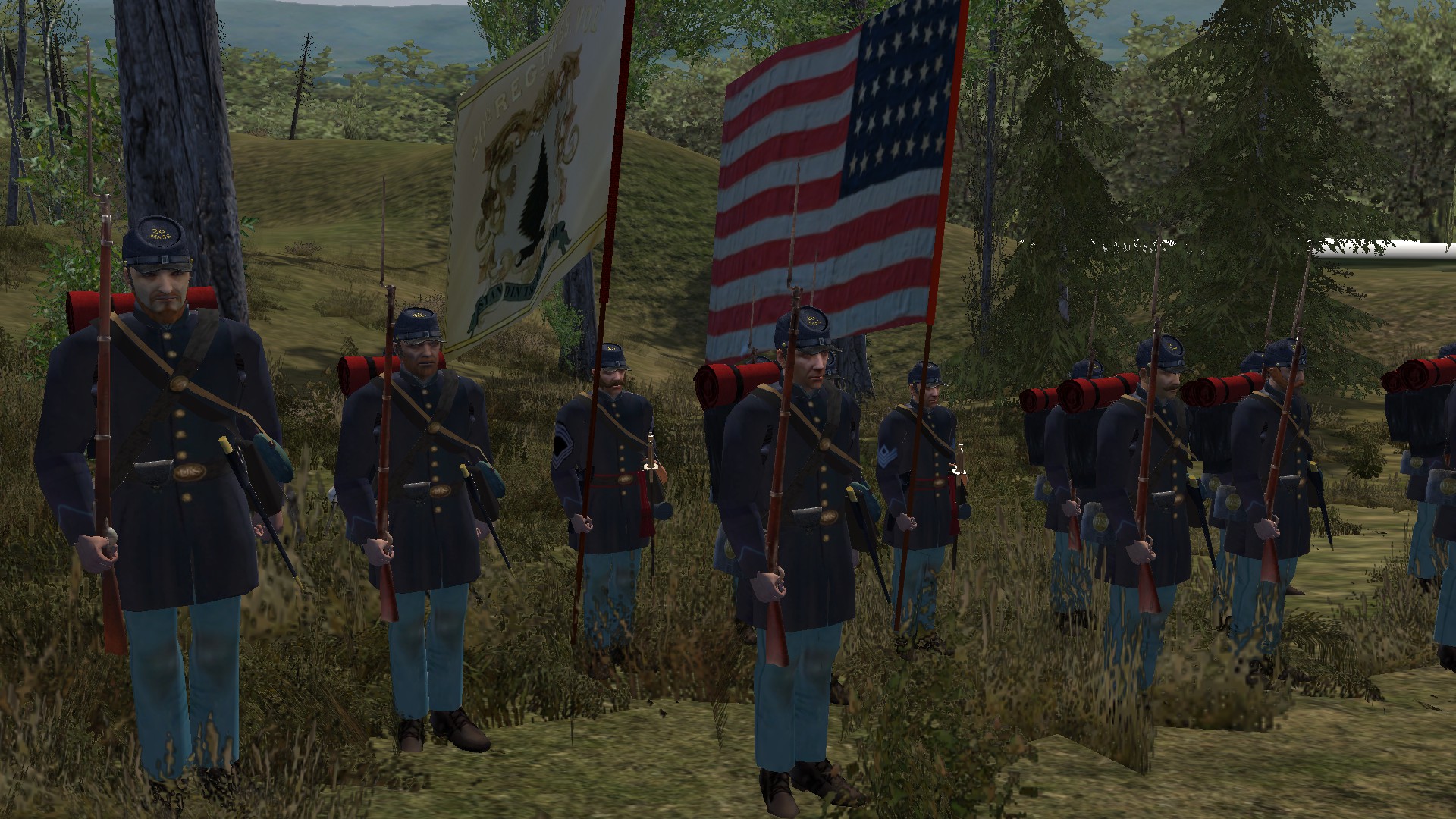
The 20th Massachusetts Volunteer Infantry was organized August 29th to September 4th, 1861 at Camp Meigs in Readville, a neighborhood of Boston, Massachusetts. The regiment was nicknamed the "Harvard Regiment" because 17 of its 36 officers were young Harvard graduates, and some, but not all, of the private soldiers had also attended Harvard. Among the regiment's Harvard graduates was Major Paul J. Revere, grandson of the famous patriot Paul Revere of the American Revolution, who was described as "brave, even among the bravest," and a man with "coolness, and sound sense, and a sentiment of honor that never failed."
The Harvard Regiment was not present for the Battle of First Bull Run, but instead saw their first foray into combat at the Battle of Balls Bluff on October 21st, 1861, which was inevitably a major Union defeat. The regiment reportedly suffered 281 casualties, and Revere survived but was taken prisoner, as was the regiment's commander, Colonel William R. Lee. The Harvard Regiment was left depleted and demoralized after this battle, enduring a tumultuous course with leadership changing hands many times, and infighting growing within the ranks. By the end of the Civil War, the Harvard Regiment participated in all of the major battles and many of the smaller battles fought by the Army of the Potomac, suffering through the carnage of Antietam where Edward Hutchinson Revere, another of Paul Revere's grandsons was killed, and assisting in the repulse of Pickett's Charge at Gettysburg. Paul J. Revere, who was by then a colonel in the 20th Massachusetts, was mortally wounded on the second day of the battle, and died two days later.
The regiment continued to fight on at the Wilderness, Spotsylvania Court House, the Siege of Petersburg, and ultimately helped ensure the final Union victory in the Appomattox Campaign. The Harvard Regiment returned to Boston in 1865, shortly after the Confederate surrender, having incurred more casualties than any other regiment from Massachusetts, and all but four regiments from across the Union. Today, the 20th Massachusetts is honored at Harvard University by Memorial Hall, constructed in 1877 as "a symbol of Boston's commitment to the Unionist cause and the abolitionist movement in America."
The Harvard regiment is very similar in appearance to regular Union troops in the mod, but is distinguished by their red bed rolls, and a regimental badge on their kepis. They are also well equipped with Springfield Model 1861 and Springfield Model 1863 rifle muskets.
35th Indiana Infantry "First Irish"
The 35th Indiana Infantry was organized on December 11th, 1861 at Indianapolis, and was known as the "First Irish" as it was an exclusively Irish unit. They were issued a green kepi to denote their heritage, as well as blue trouser with a green stripe down the outside seam.
The regiment participated in multiple major battles over the course of their service in the war, including the Battles of Perryville and Stones River, which were some of the deadliest of the entire war. The regiment also participated in the Tullahoma Campaign and the Chattanooga Campaign. At the Battle of Chickamauga, the 35th Indiana was heavily engaged and suffered over 200 casualties. The regiment went on to take part in the Atlanta campaign, and at Kennesaw mountain, the 35th was in the front line and received a fierce and unexpected attack. Rallying from a momentary confusion, they fought hand-to-hand with clubbed muskets and bayonets until finally, with the assistance of another regiment, the Confederates were driven back.
At the Battle of Marietta, although two other regiments were repulsed, the 35th Indiana captured the Confederate rifle pits along with 28 prisoners. The regiment continued to fight on at Jonesboro, and then entered Atlanta on September 9th. They later marched in pursuit of Hood's army into Tennessee, and after being reinforced by 400 drafted men and substitutes, the 35th was placed in the front line at Franklin and helped repulse the Confederate charge on the works. It took a conspicuous part at the battle of Nashville, and participated in the pursuit of the Confederate forces as far as Duck River.
After the war, the 35th Indiana Infantry returned home and received a warm welcome, being celebrated as heroes in their communities. The regiment was mustered out of service on August 12th, 1865. The regiment's total original strength was 871 men, and an extra 806 men were gained by recruits over the course of the war, as well as 192 from reenlistments. 244 had been killed or died of disease, 269 were lost to desertion, and 51 were missing and unaccounted for.
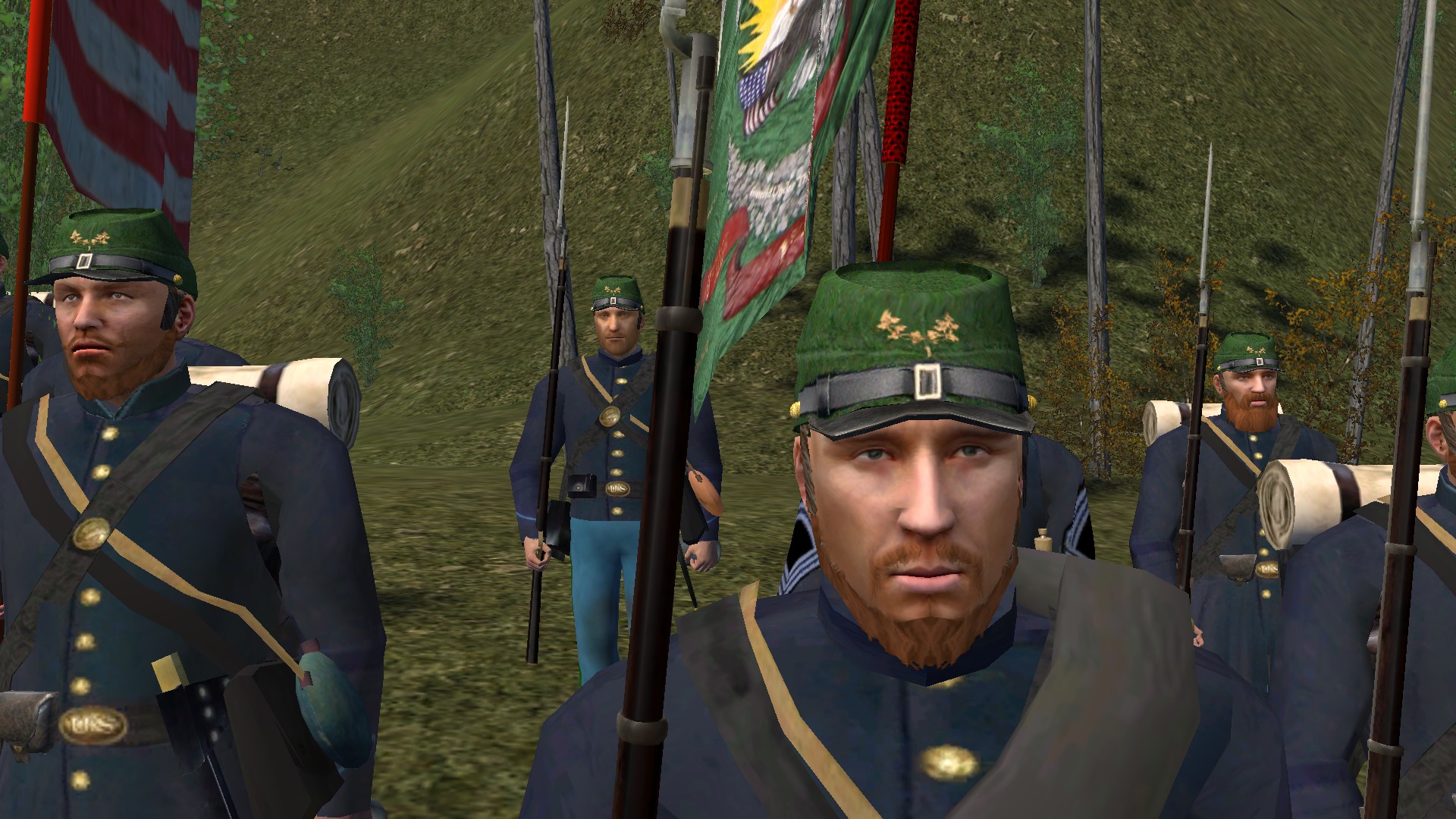
The 35th Indiana are depicted in the mod closely matching their historical appearance, with green kepis, including a cap badge, and a green stripe down the side of their trousers. They also wear both long and short coats and are well armed with Pattern 1853 Enfield rifles.
2nd Battalion Georgia Sharpshooters
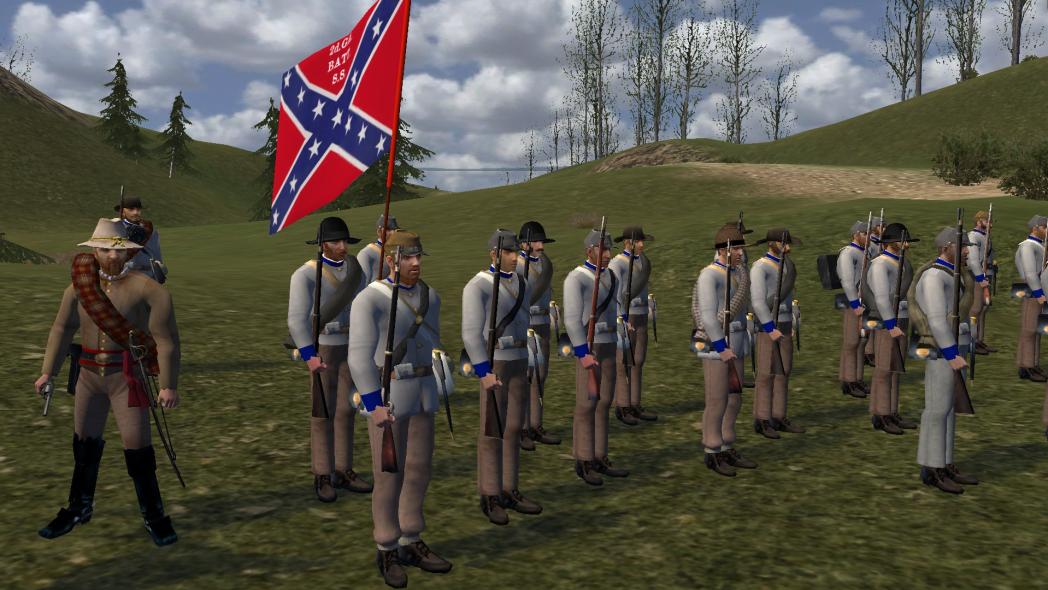
The 2nd Battalion of Georgia Sharpshooters was formed in the summer of 1862, and consisted of six companies under the command of Major J. J. Cox. The men were from various sections of the state and many had seen prior service. It was assigned to General J.K. Jackson's Brigade and distinguished itself in the fighting at Murfreesboro, Chickamauga and Missionary Ridge. The battalion was later brigaded under Brigadier General States Rights Gist (yes, his actual name was States Rights) taking an active part in the Atlanta Campaign, Franklin, Nashville and the Carolina Campaign. The strength of the battalion numbered 152 men in December 1862. By December 1863, the battalion numbered 80 men and 65 arms. Very few were left to surrender with the Army of Tennessee in March 1865.
Despite advancements in firearms technology, proficiency at long distance shooting requires extensive training, which many sharpshooter units did not receive, and as a result sharpshooters during the Civil War would not uniformly adopt tactics akin to modern day marksmen. On the Confederate side, sharpshooter units functioned as light infantry, with their duties including skirmishing and reconnaissance. Confederate sharpshooters were often less well equipped than their Union counterparts, commonly using the muzzle loading Pattern 1853 Enfield Rifle, however during the course of the American Civil War, the Pattern 1856 Enfield "Short Rifle" became extremely popular with Confederate sharpshooter battalions because it was short, handy, and easier to maneuver through the brush in the woods. The rifle carried by Sergeant Richard Kirkland of the 2nd South Carolina Infantry, better known to history as the "Angel of Marye's Heights", was one such JS/Anchor marked Pattern 1856 No. 2, with the number 2370 engraved on the butt plate. This gun is on display in Columbia, South Carolina at the South Carolina Relic Room & Military Museum.
The 2nd Battalion Georgia Sharpshooters are different in their appearance from other Confederate units in the mod, wearing light grey coats with blue cuffs and collars. Due to the Confederacy's historical lack of available sharpshooter weapons, the battalion will be equipped with a mix of Pattern 1853 Enfield rifles, captured Springfield Model 1861 and Springfield Model 1855 rifles. However, the sharpshooters will more often carry Patten 1856 Enfield "Short Rifles", as well as Fayetteville and Richmond rifles, which were also popular among Confederate sharpshooter units in the Civil War.
7th Louisiana Infantry "Pelican Regiment"
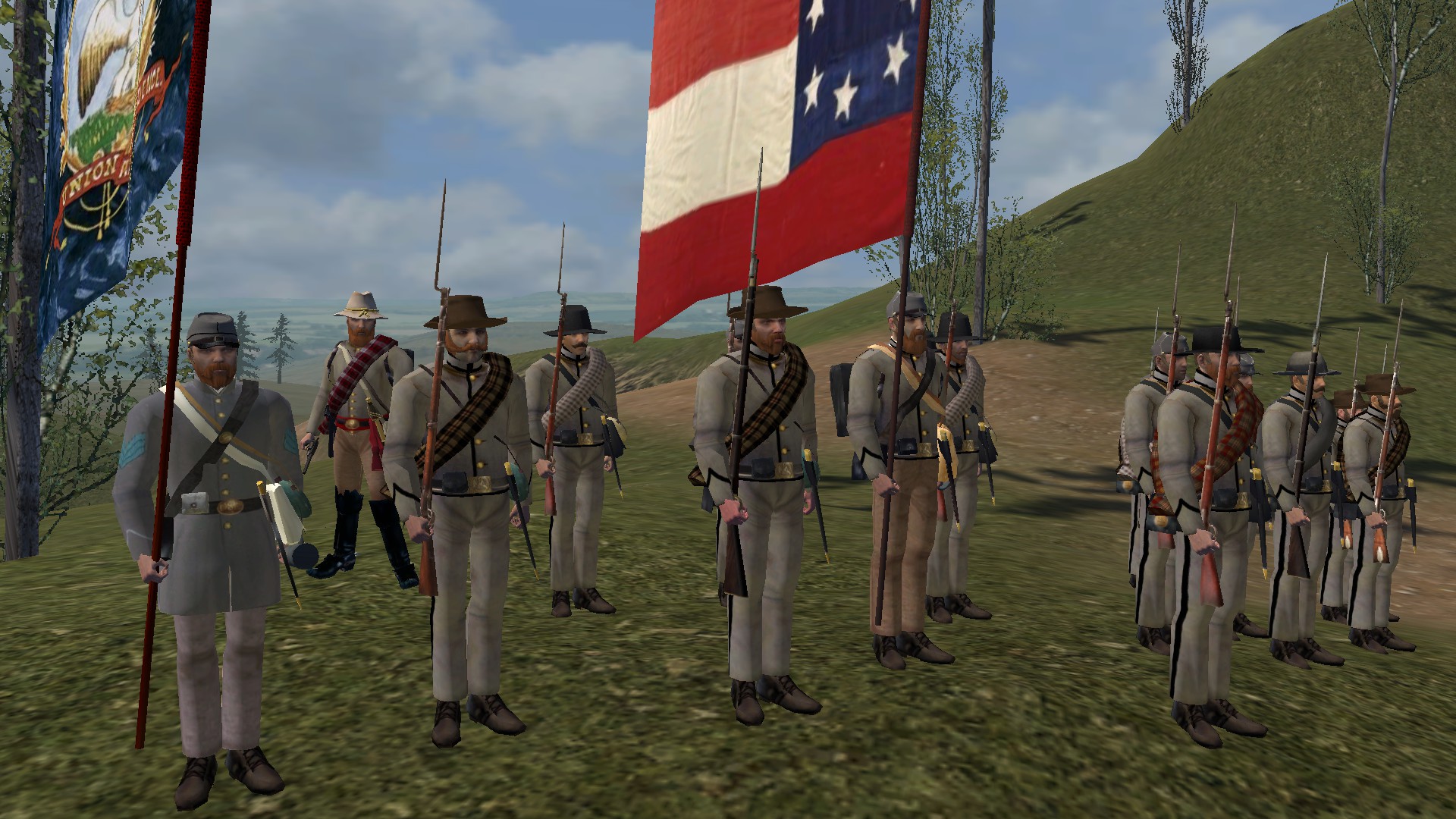
The 7th Louisiana Infantry, nicknamed the "Pelican Regiment", was formed at Camp Moore in Baton Rouge, Louisiana on June 5th, 1861, with 944 soldiers organized into ten companies under the command of Colonel Harry T. Hays, a Louisiana lawyer and politician who later became general of the 1st Louisiana Brigade. The regiment was made up of men from New Orleans and the surrounding area, many of whom were members of the city's affluent and influential Creole community. Soon after being organized, the 7th Louisiana Infantry was ordered to travel to Virginia, where it saw action in numerous significant battles throughout the Civil War, including but not limited to the first and second battles of Bull Run, Antietam, Fredericksburg, Chancellorsville, Gettysburg, the Wilderness, Cold Harbor, Spotsylvania Court House, Petersburg, and Appomattox.
At Antietam, the regiment suffered some of it's heaviest losses, with 62% of it's men killed, wounded, or missing. Despite these losses, the regiment continued to serve with the Army of Northern Virginia with notably high morale and a tenacious fighting spirit. On the evening of July 2nd, 1863, the regiment was part of the Confederate forces ordered to assault the east side of Cemetery Hill at Gettysburg, and after hand-to-hand fighting, they broke through the Union defenses in several places and got among the cannons. However, a lack of support and Union reinforcements forced the Confederates to retreat. In the Battle of the Wilderness, when Brigadier General Leroy A. Stafford's 2nd Louisiana brigade was routed and Stafford mortally wounded, Hays' brigade filled the gap in the defensive line. Pressing forward in dense woods, Hays' brigade attacked two Union brigades and was mauled. A Virginia regiment that attached itself to Hays' right flank was practically wiped out. Hays' aide estimated that the 1st Louisiana Brigade lost one-third of its strength in this battle.
By the time of the Battle of Cedar Creek, the 5th, 6th, and 7th Louisiana Infantry were so reduced in strength that they were consolidated into a single unit. During the winter of 1864-1865, they served in the trenches at Petersburg, and when Robert E. Lee surrendered at Appomattox in April 1865, only 42 men remained with the 7th Louisiana Infantry.
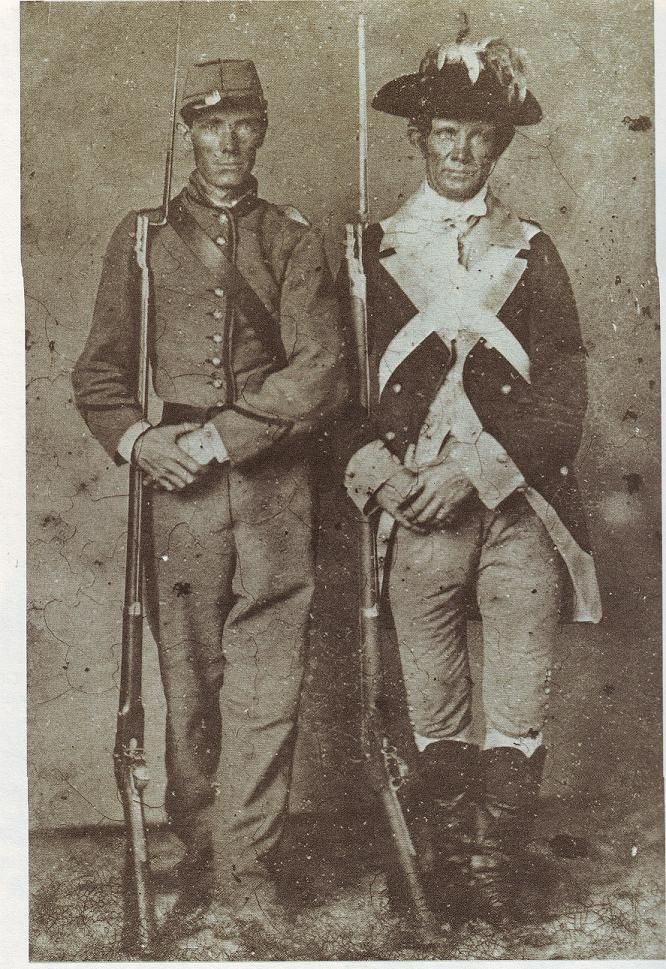
The men of the Pelican Regiment are distinguished in the mod by the black trimmings of their uniforms, which outline their collars, cuffs, and jackets, as well as some of their kepis. Some men of the regiment also wear grey trousers with a black stripe down the seam, and a pelican belt buckle. This style of uniform is based on a typical early war Louisiana state issue uniform, an example of which can be seen in this photograph of father and son, William H. and James Martin. William (pictured on the left) served in the 7th Louisiana Infantry, while his father in an unspecified militia unit.
2nd Florida Cavalry
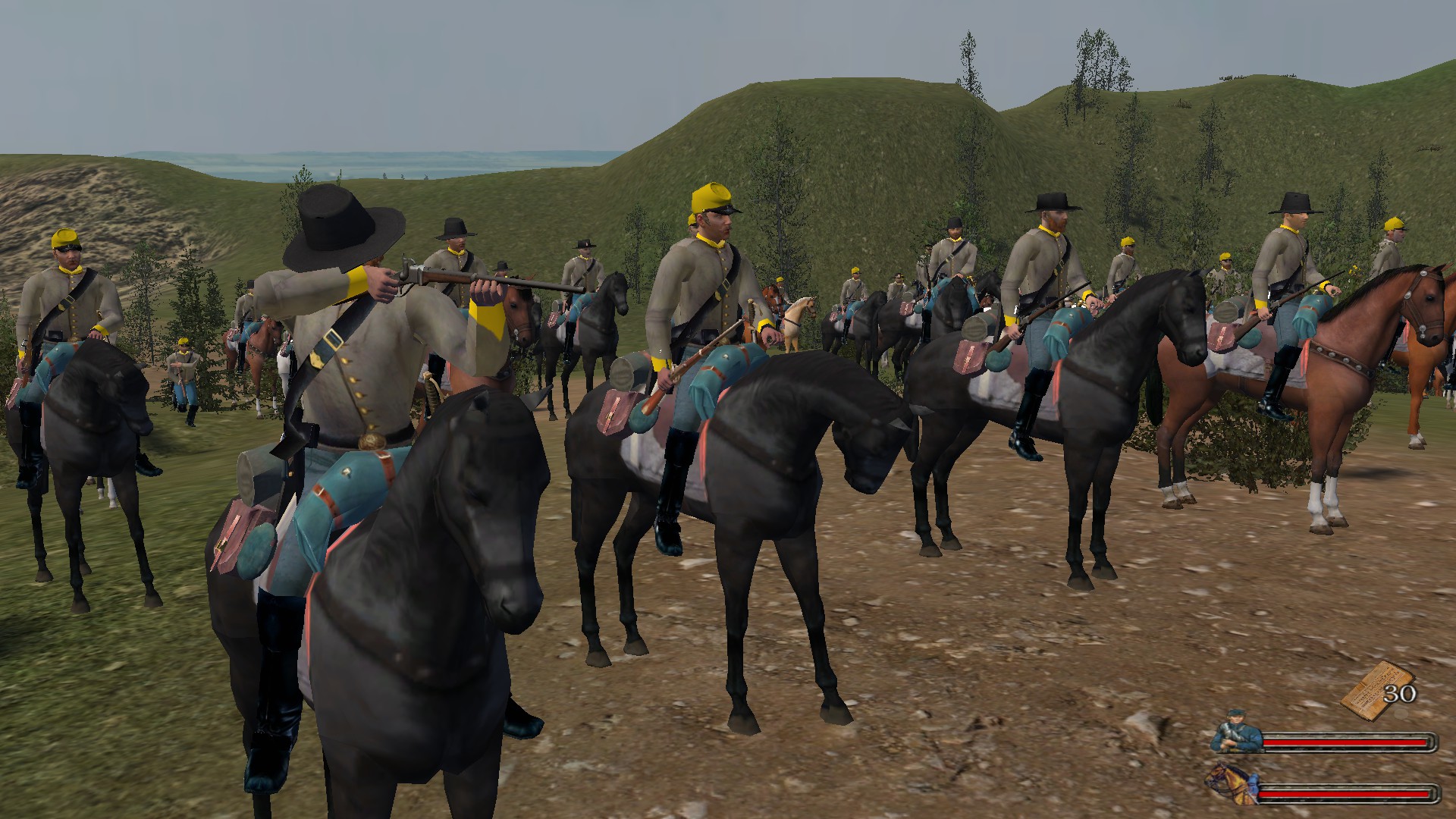
The 2nd Florida Cavalry was organized at Jacksonville, Florida, in July 1863, initially under the command of Colonel George Troup Maxwell, and later in the war by Colonel Robert Harrison Anderson Jr. The 2nd Florida saw action in several significant battles, including the Battle of Olustee, which was the largest battle fought in Florida in the Civil War. They also participated in battles in Virginia, Georgia, and Alabama. The regiment was known for their effective use of guerilla tactics and their swift movements.
Due to the nature of their combat style, the regiment often operated independently without the support of a larger force. The 2nd Florida Cavalry engaged in numerous skirmishes and raids behind Union lines, disrupting supply lines and communications, as well as delaying the arrival of Union reinforcements at critical times. At the end of the war, the surviving members of the 2nd Florida cavalry were paroled and returned to their homes.
These cavalry are distinguished from other Confederate cavalry units in the mod by their yellow facings and kepis. Overall, they are are a reliable, skilled, and fairly well equipped cavalry force that supports Confederate operations in the deep southern areas of the map, in and around Florida.
New Weapons
Ketchum Grenade
The Ketchum Hand Grenade was patented on August 20th, 1861 (U.S. Pat. #33,089) by William F. Ketchum, the mayor of Buffalo, New York. The grenades had the appearance of a dart, with cardboard fins to stabilize it's flight. The shape of the casing that contained the main explosive charge is recognizable as that of a modern football, and the grenades came primarily in 1, 3 and 5 lb. varieties. The Ketchum grenades were largely inefficient because they had to land on their nose to detonate, and could be hurled back at their owners if caught. They were used in sieges such as Vicksburg and Petersburg, and one of the most famous accounts of the use of the Ketchum grenades occurred during the Union assault near the Confederate works referred to as the "Priest Cap" in Port Hudson, Louisiana. Confederate Lieutenant Howard C. Wright described the scene:
"The enemy had come this time prepared with hand grenades to throw into our works from the outside. When these novel missiles commenced falling among the Arkansas troops they did not know what to make of them, and the first few which they caught not having burst, they threw them back upon the enemy in the ditch. This time many of them exploded and their character was at once revealed to our men. Always equal to any emergency, they quickly devised a scheme…Spreading blankets behind the parapet, the grenades fell harmlessly into them, whereupon our boys would pick them up and hurling them with much greater force down the moat they would almost invariably explode."
Grenades had been used in battle for hundreds of years before the Civil War, first being used by the Byzantines, dating as far back as the 8th and 9th centuries AD, and were therefore well known to the soldiers of the 1860's. During the Crimean War (1854-1856), British soldiers packed powder, nails, and other metal scraps into glass soda bottles with an improvised fuse, and hurled them into Russian trenches. Grenades were often staples of garrison armament, and at Fort Sumter, hand grenades were distributed at critical points during the 1861 siege. In May of 1862, the commander of the 37th Ohio Infantry claimed his men were attacked by Confederates armed with grenades, and that same month, Colonel George H. Gordon of the 2nd Massachusetts Infantry reported that grenades thrown by civilians from houses in Winchester, Virginia, killed and wounded his soldiers as they retreated through the town.
During the siege of Vicksburg, after the Union had detonated a mine under the Confederate trenches and found themselves trapped in the crater during their assault, the Confederates took the opportunity to hurl ad hoc hand grenades which were made from modified artillery shells, down upon the helpless Union soldiers. An example of these improvised grenades is included in the mod, and can be seen below. These will only be available in Confederate territory, while the Ketchum grenades will only be available for purchase in Union territory.
In order to limit the potential for abuse, these grenades will not be used by any units in the mod, and will only be available for the player to purchase from weapon's merchants. They are the most expensive weapon in the game, only being surpassed in price by artillery pieces, and limited in quantity, with only 3 grenades being included in a single package. They are particularly effective against massed groups of enemies, and can kill up to 5 men at once. Their range and accuracy is limited, so they can only be reliably used at close distances, however these grenades can prove their worth during sieges that feature forts or trenches, to either help repel large groups of attackers, or to help clear out stubborn defenses.
M1841 6-Pounder Field Gun
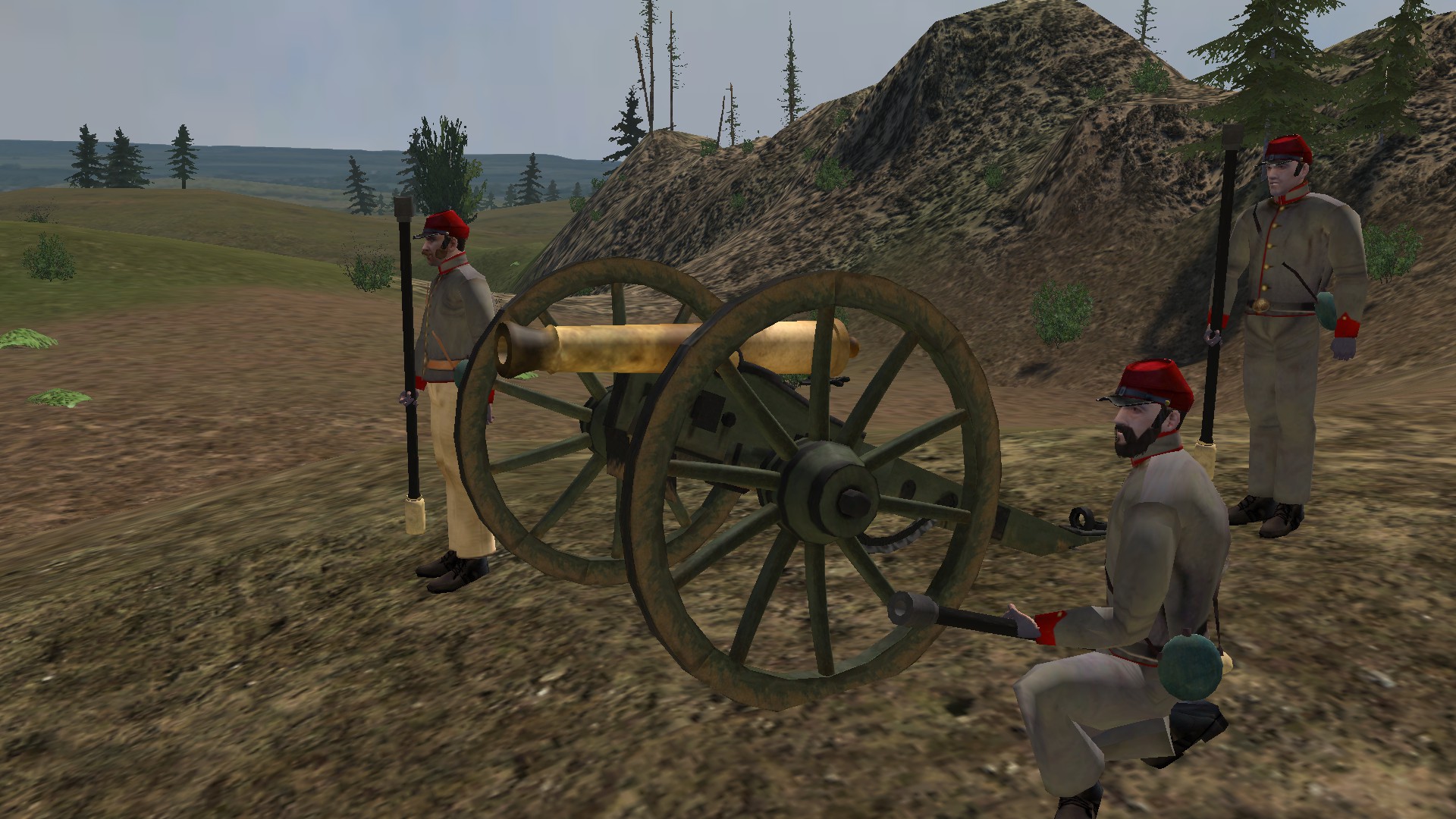
The Model 1841 6-pounder field gun was a bronze smoothbore muzzle-loading cannon that was adopted by the United States Army in 1841 and used both in the Mexican–American War and the American Civil War. The cannon proved very effective when employed by light artillery units during the Mexican–American War, however despite it's use in the early years of the Civil War, it was soon outclassed by newer field guns such as the 12-pounder Napoleon, the 3-inch Ordnance rifle, and the 10-pounder Parrott rifle. The U.S. Army replaced the 6-pounders as soon as more modern artillery pieces became available, and though the guns were not officially discarded until 1868, none were manufactured after 1862. The Confederate States Army, on the other hand, continued to use the cannon for a longer period of time because the South's limited industrial capacity could not produce enough modern artillery pieces to keep up with the North.
When George B. McClellan became commander of the Union Army of the Potomac, he ordered that all of the old Model 1841 guns be replaced by 12-pounder Napoleons. While the older guns were replaced in the eastern armies first, the older model guns persisted in the western armies for a longer period of time; surviving records show that obsolete artillery pieces were often transferred to the western theater. Robert E. Lee wanted the old Model 1841 bronze guns to be melted down and recast into 12-pounder Napoleons, but there were still a large number of the old pieces serving with Confederate armies as late as the Battle of Chancellorsville. At the Battle of Antietam in 1862, there were at least 41 6-pounder guns still being employed in Confederate batteries, while in comparison the Union Army of the Potomac had none.
Area of Recruitment System
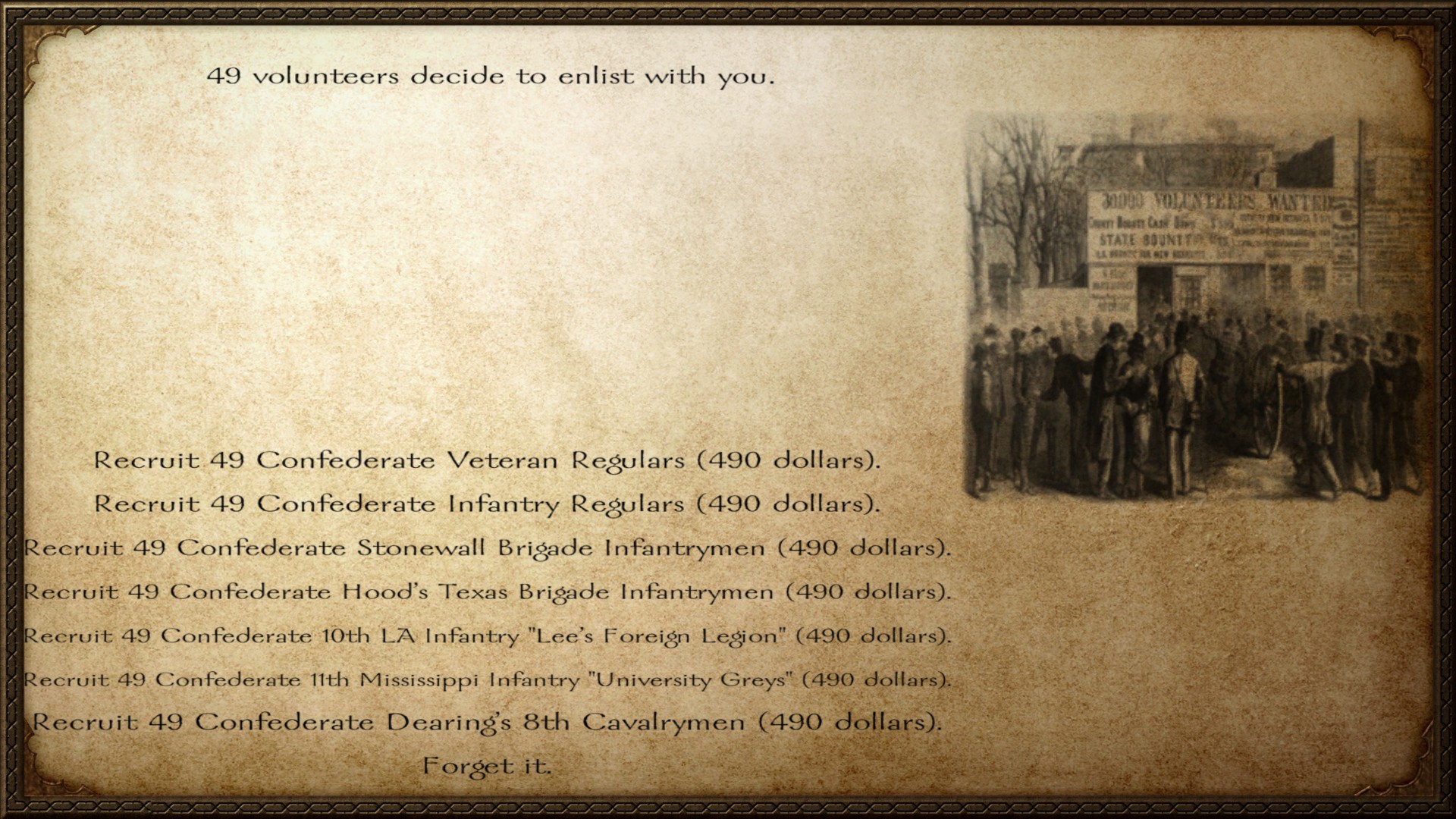
One of the most important changes the mod has undergone, and one that many of you are likely already aware of, is the implementation of an area of recruitment system. This has completely changed the way that special regiments are recruited in the mod, no longer requiring the player to upgrade through the troop tree to unlock them, but rather being able to be recruited from the states that they originate from. Some units are also able to be recruited in other areas and theaters according to their historical service in the war. This means that the need for a troop tree is now obsolete, and we have also assigned each regiment to certain generals, some of whom actually commanded them historically. I'm not going to make a list of all the places where each regiment can be found because such a list would be much too long and complicated, so I leave it up to the player to travel and discover all the different units and where they can be found. On the other hand, I will include a table in the mod package that will list which regiments are assigned to which generals, so you can enlist with your preferred regiment as a private soldier if you so choose.
Dealing with the Dead
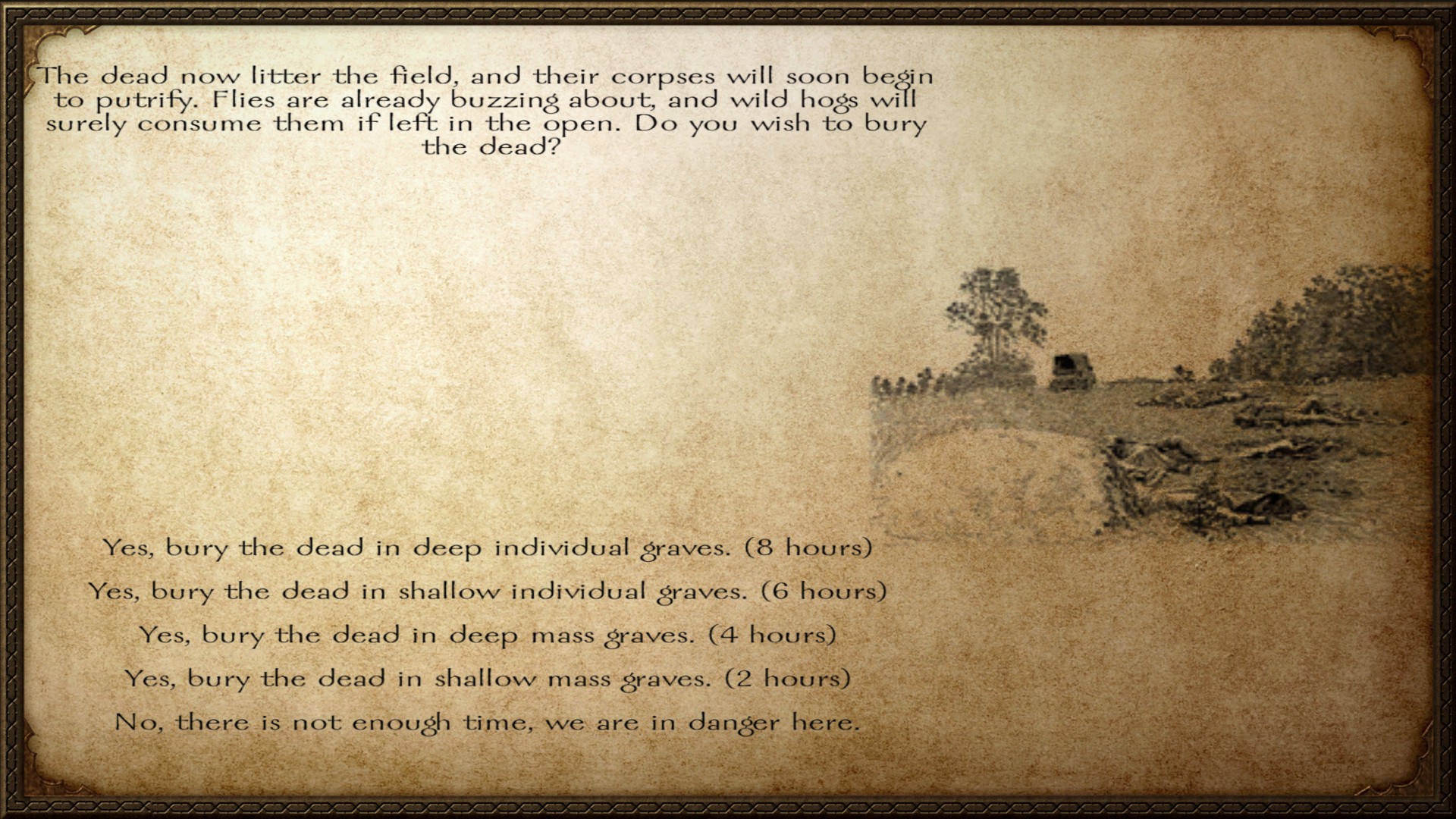
The issue of removing the dead from a battlefield once the fighting has finished is a problem as ancient as war itself, but the unprecedented casualties of the American Civil War presented unique challenges to both Union and Confederate armies, who had no consistent means of dealing with the enormous number of corpses. Whoever still held the field at the end of a battle was typically responsible for burying the dead, and they would usually bury their own dead with as much dignity as they could. They would pin some sort of identification to the body for future reference and, if possible, leave a grave marker with the name of the soldier and his date of death. The enemy dead, however, was generally buried unceremoniously in mass graves, with the occasional exception of officers, as circumstances permitted.
In the Union army in the field, black contrabands accompanying the army were usually the one's tasked with burying the dead, while outside of military hospitals behind the lines, burials were handled in a bit more consistent manner and even more so to those who succumbed in the formal facilities in the nearest town or city, with the Sanitary Commission or Christian Commission handling the burials. Later in the war saw the revival of the art of embalming and preparation for transport home for local burial, whenever possible. However without any formal "Graves Registration" department, and no system of identification for the slain, the fate of deceased soldiers often remained unknown to their loved ones. Likewise bodies were often left out in the hot sun for days on end, if not longer, which would result in them bloating and becoming unrecognizable. Very often soldiers were buried as "unknown", or lost amongst hundreds in mass graves.
One of the most gruesome aspects of the aftermath of Civil War battles was the scavenging of the dead by wild hogs, which was a terrifyingly common sight during the conflict. Charles Francis of the 88th Illinois was appalled by the sight of several dead Confederates surrounded by rails, which he said was done
"so as to protect the remains from being attacked by the swine that prowled in the woods. The disgusting sight of these animals feeding upon human gore was more than sufficient to give them immunity from sacrifice by the hungry of our army. No one could be found sufficiently hardy to talk of eating of the flesh of hogs captured near the battlefield. No! No more than if we were an army of Hebrews..."
The wounded were not spared by the hogs either, as any man who was too weak to defend himself would be devoured alive. Often men left on the battlefield would grip bayonets in terror to stab at any of the hogs that came too close. Dead soldiers would be consumed in front of their wounded friends and comrades, who were too weak to drive off the animals.
During and after the war, Union dead were exhumed and buried in national cemeteries, while Confederate dead remained in the ground often late into the 19th century, before also being exhumed and reburied in Confederate cemeteries. In the postwar period, there were fierce political debates between both northerners and southerners about how their dead were either properly or improperly treated.
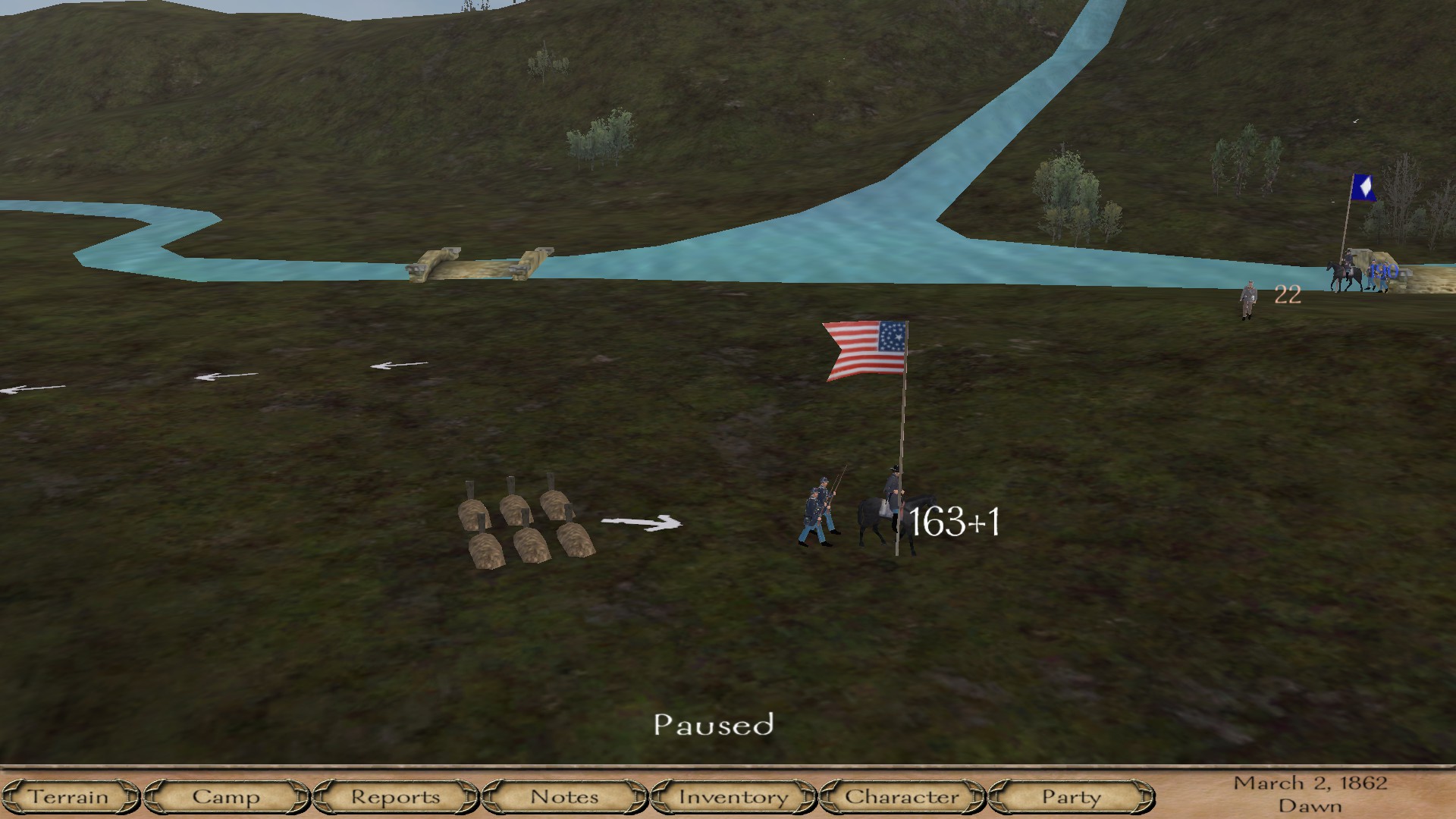
The way you choose to deal with the dead after battles in the mod will have an impact on the morale of your troops as well as your honor. The more properly you bury the dead, the higher morale bonus you will receive, and in the case of giving the dead deep individual graves, you will also gain a small amount of honor. However each choice will take time where your party will not be able to move on the campaign map until the burials are finished, which can leave you vulnerable to enemy attack. If you find that you are in a situation that is too dangerous, where you do not have time to bury the dead and must leave them in the open, then your party will suffer a morale penalty. Upon completion of the burials, a map icon will appear showing the graves, which will eventually disappear after some time in order to avoid clogging the map with them. Also note that these icons only appear for the player, because the AI is not capable of using the burial system.
Conscription

The American Civil War witnessed the first time in history that the United States instituted a policy of national conscription, also called "the draft", however it was the Confederate States that first began conscripting men to fight in April 1862. All healthy Southern white men between the ages of 18 and 35 were required to serve three years, and ultimately, this would be extended to men between the ages of 17 and 50. Those whose occupations were critical to society or the war effort were exempt from military service, and until December 1863, a wealthy man could hire a substitute to serve in his place. The most controversial aspect of the Confederate system of conscription was the "Twenty-Slave" law, which allowed one white man from a plantation with 20 or more slaves to avoid service during the war. This exemption caused an outcry from the working class Southerners that this had become "a rich man's war but a poor man's fight."
As the war continued on, the Northern rush to enlist that was seen in the beginning of the conflict had begun to wane, and the question of conscription became relevant to the Union. Congress passed the Militia Act of 1862 in July of that year, authorizing the president to draft state militia troops into service in the national army. Due to the failure of this state-administered system, Congress passed the Enrollment Act of 1863, the first genuine national conscription law, replacing the Militia Act of 1862. The Enrollment Act required the conscription of every male citizen, as well as immigrants who had filed for citizenship, between the ages of 20 and 45, unless exempted by the Act. Those whose names were drawn in the draft lottery might be eligible for an exemption if they were the sole means of support for a widow, aging parents, or motherless children. Men who were drafted could also provide substitutes, and until mid-1864 could even avoid service by paying commutation money. Many eligible men pooled their money to cover the cost of any one of them drafted. The other popular means of procuring a substitute was to pay a soldier whose period of enlistment was about to expire, which was to the benefit of the Army, as they could retain a trained veteran instead of enlisting a raw recruit.
However, more than 20% of those drafted refused to report for duty, fleeing to the West or going into hiding to avoid the provost marshals. There was also significant civil unrest in the North as a result of the deep unpopularity of conscription, with the most well known example being the New York City Draft Riots of 1863. There were many notable critics against the policy of conscription during the Civil War, including Frederick Douglass, an escaped slave and abolitionist, who strongly advocated against it, asserting,
"What is freedom? It is the right to choose one's own employment. Certainly it means that, if it means anything. And when any individual or combination of individuals, undertakes to decide for any man when he shall work, where he shall work, at what he shall work, and for what he shall work, he or they practically reduce him to slavery."
The way conscription works in the mod is that when you recruit all of the available volunteers in a village, fort or city, you will have the option to conscript soldiers, which will inflict a morale penalty on your party, as well as a relations penalty with the place that you conscripted from. Therefore it is preferable to rely on volunteers as much as possible and avoid conscripting troops unless you have no other choice. That being said, if you're in a pinch, having the ability to rapidly replenish your troops can also mean the difference between victory or defeat.
Scripted Historical Events
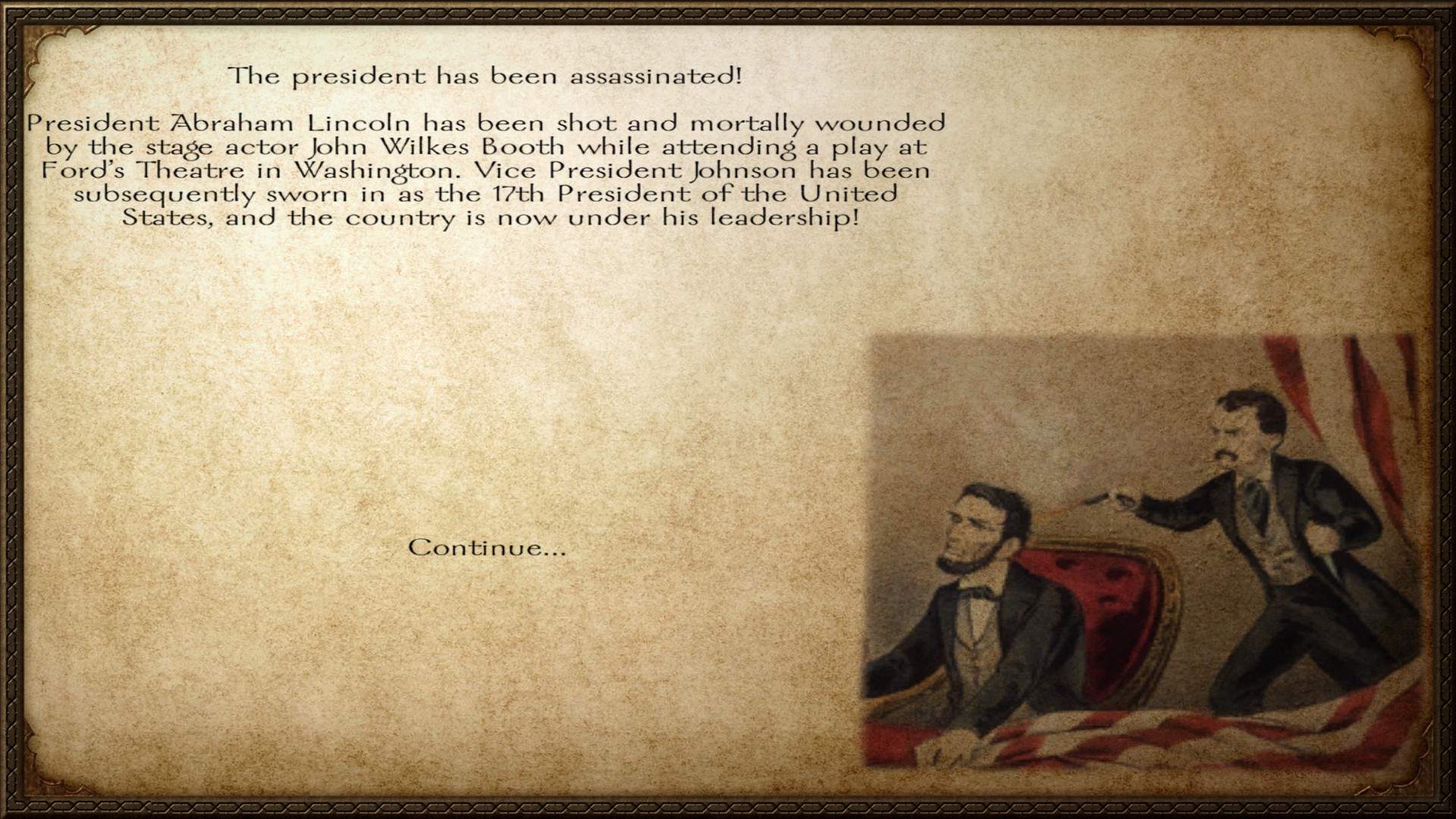
A relatively minor but interesting new feature is the inclusion of two scripted historical events which will take place in game around the historical date that they occurred, and will have an impact on the game beyond a simple pop up window with historical information. These two events are the assassination of President Abraham Lincoln, and the death of Stonewall Jackson.
After Lincoln's death, the Abraham Lincoln character that is found in the White House will disappear and be replaced by Andrew Johnson, Lincoln's Vice President. In the case of Stonewall Jackson, he will die around the time of his mortal wounding at Chancellorsville, and will be replaced by Brigadier General James A. Walker, who will then take over command of the Stonewall Brigade, as he did historically. However Jackson's death is not guaranteed, as the course of historical events can be changed by actions in the campaign, such as Jackson being taken prisoner and thus not being present for the fatal incident that caused his death. Likewise if he is assisting another general in battle, he will not die, but for more technical reasons than anything story-wise. If the script removes his character and his troops while he is in a battle, it will cause errors. Therefore Jackson will only die if he is in a city or a fort between May 3rd and May 7th, 1863, and the script will force his character to return to the nearest city or fort on that date in order to help ensure that his death is more likely to happen in any given playthrough.
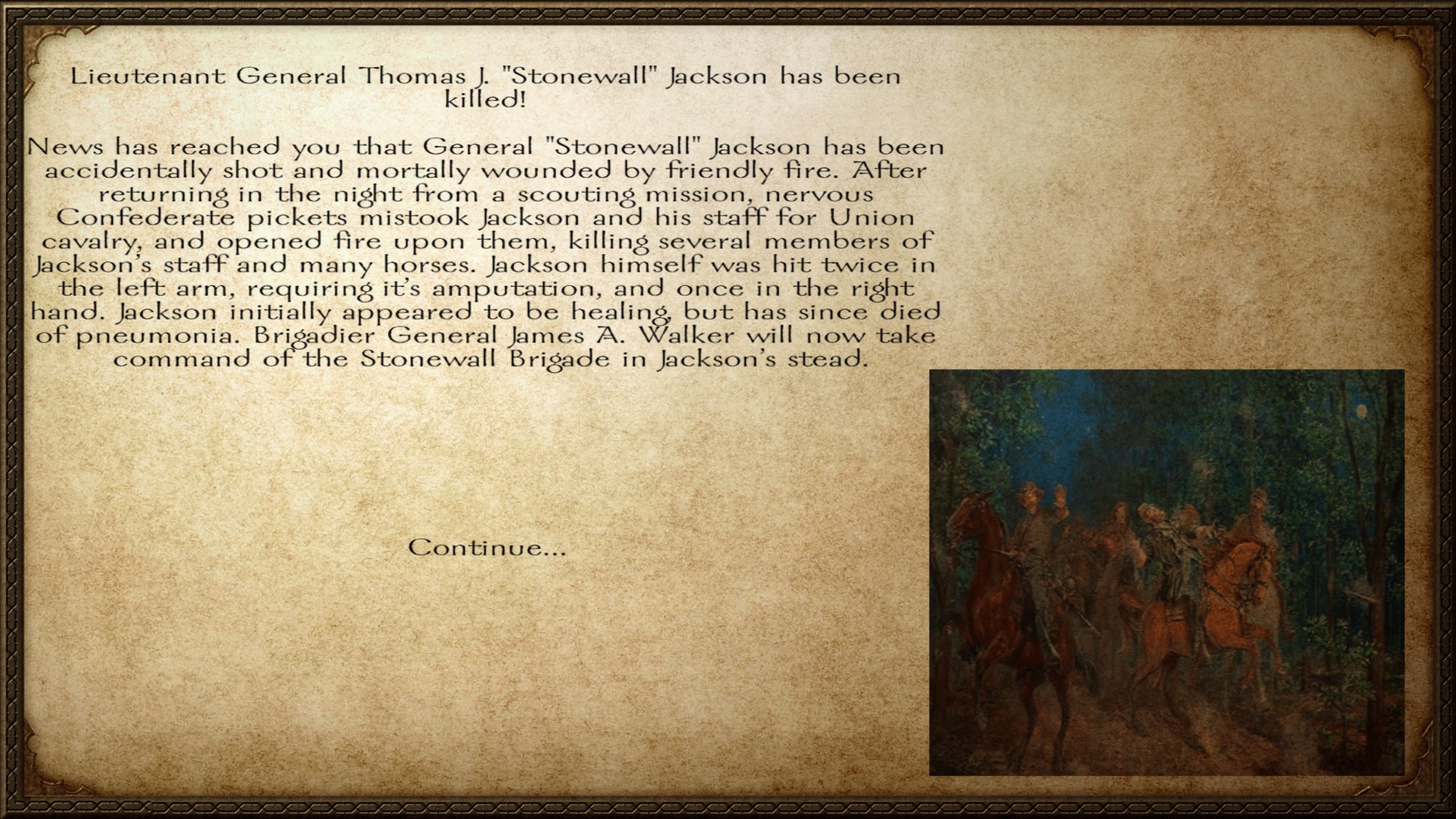
Some News Updates
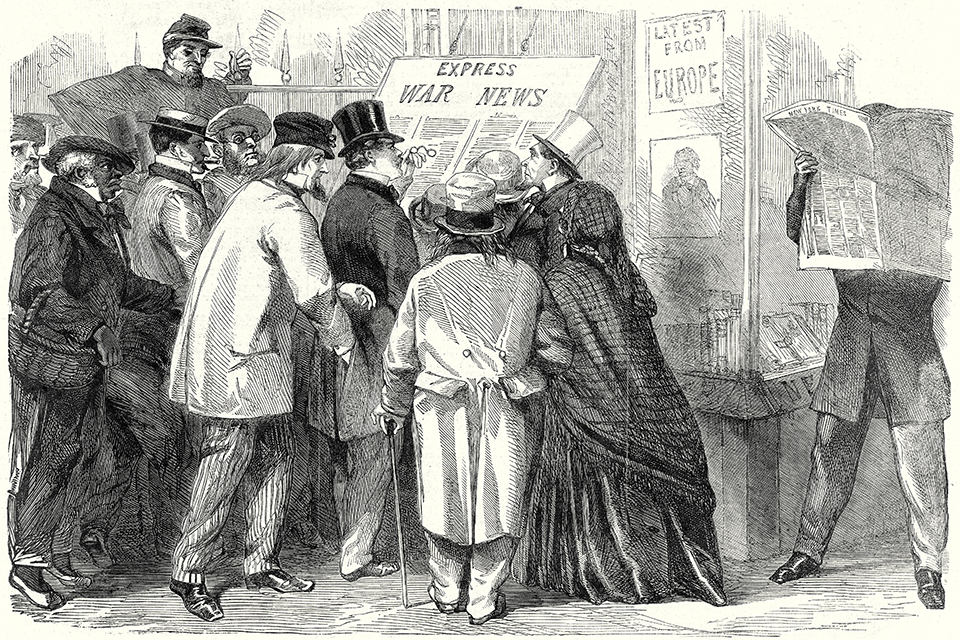
Some of you may be aware that we were working on a system of campaign objectives that would allow the player to end the war without having to completely annihilate the opposing faction, however we encountered a number of problems with this system during development that forced us to discard its implementation. Since there is nothing like this in normal Mount & Blade, Madsci had to create this system for campaign objectives from scratch, but with all the problems it had, he decided it was better to scrap it entirely. Unfortunately, since Madsci has abruptly and unexpectedly decided to quit working on the mod, this system is not likely to ever come to fruition.
Thankfully the mod is mostly finished, and there is not much work left to do at all. If anyone has experience working with scripts and code for M&B and wants to volunteer to help, you are more than welcome to contact me. Your skills would be of tremendous assistance, and greatly appreciated.
It's been more than 3 years now since development began, and so much time and effort has been poured into this project by myself and many other people, this has been a true labor of love and I am proud of what we have accomplished. Thank you all for sticking around and helping out, providing your knowledge, skills, and moral support, and I hope you continue to have fun with the mod long into the future. This is our gift to you, and I'm glad that we could all share this journey together. I hope that this experience has been both educational and fun.
Please do not hesitate to report bugs and make suggestions, just be sure to read the FAQ first and peruse the comments left by other players.
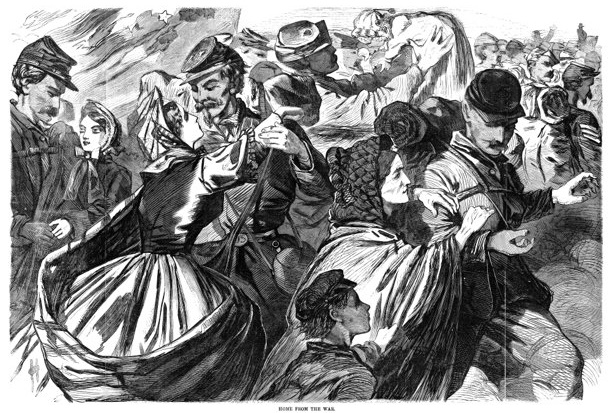
"In time, even death itself might be abolished; who knows but it may be given to us after this life to meet again in the old quarters, to play chess and draughts, to get up soon to answer the morning role call, to fall in at the tap of the drum for drill and dress parade, and again to hastily don our war gear as the monotonous patter of the long roll summons to battle.
Who knows, but again the old flags, ragged and torn, snapping in the wind, may face each other and flutter, pursuing and pursued, while the cries of victory fill a summer day? And, after the battle, then the slain and wounded will arise, and all will meet together under the two flags, all sound and well, and there will be talking and laughter and cheers, and all will say, Did it not seem real? Was it not as in the old days?"
~ Sergeant Berry Benson, McGowan's Brigade, Wilcox's Division, A.P. Hill's Corps, Army of Northern Virginia

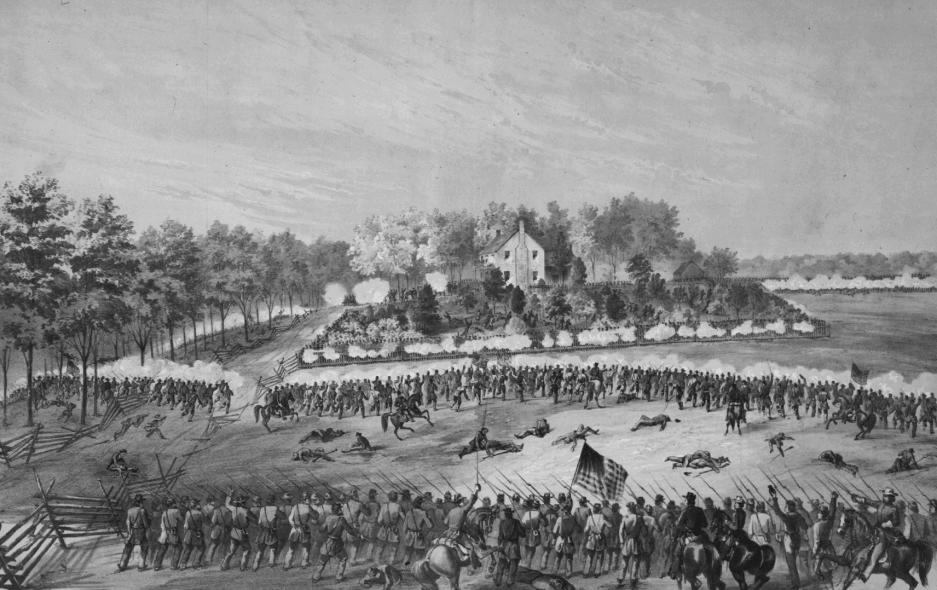
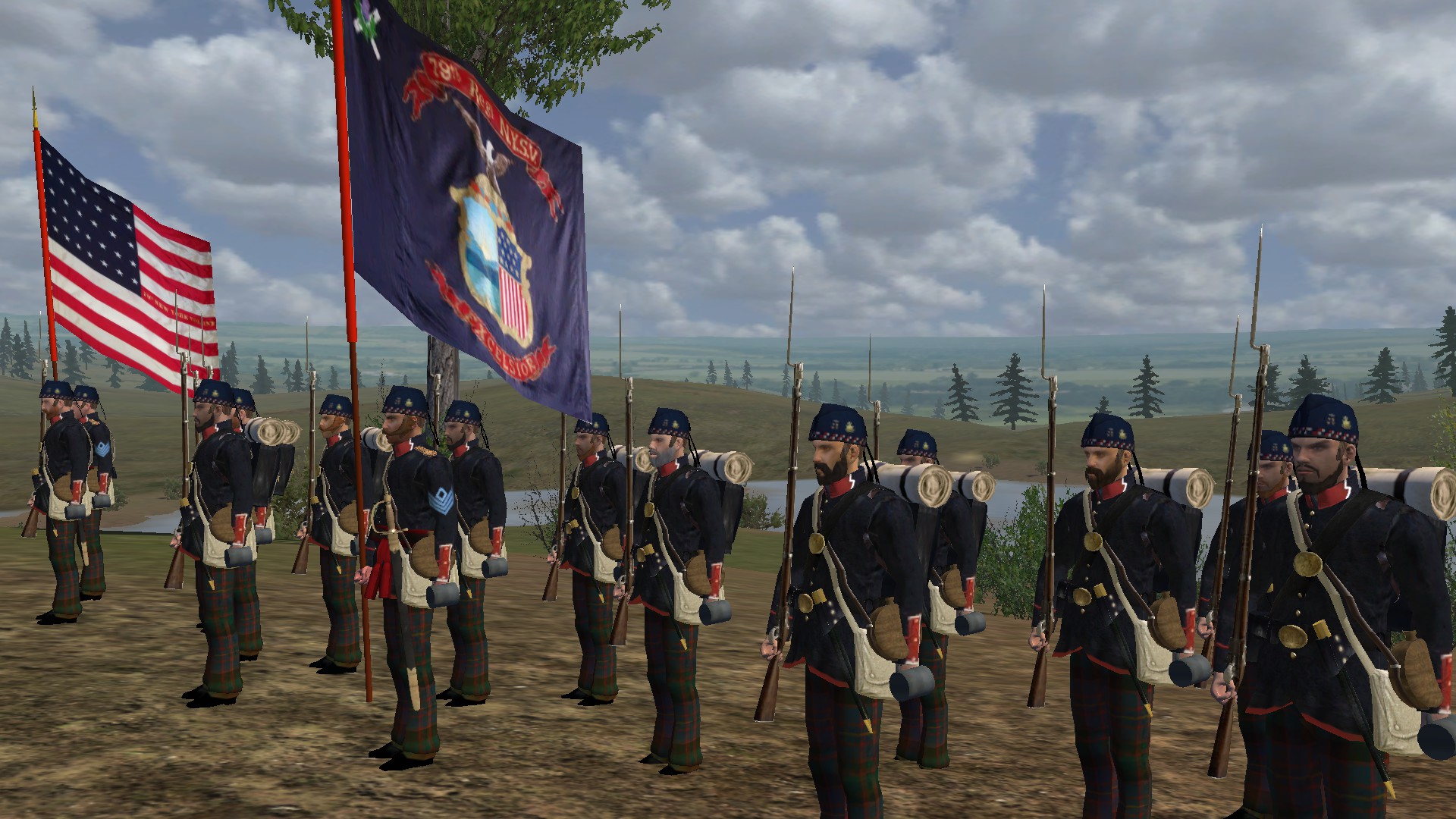
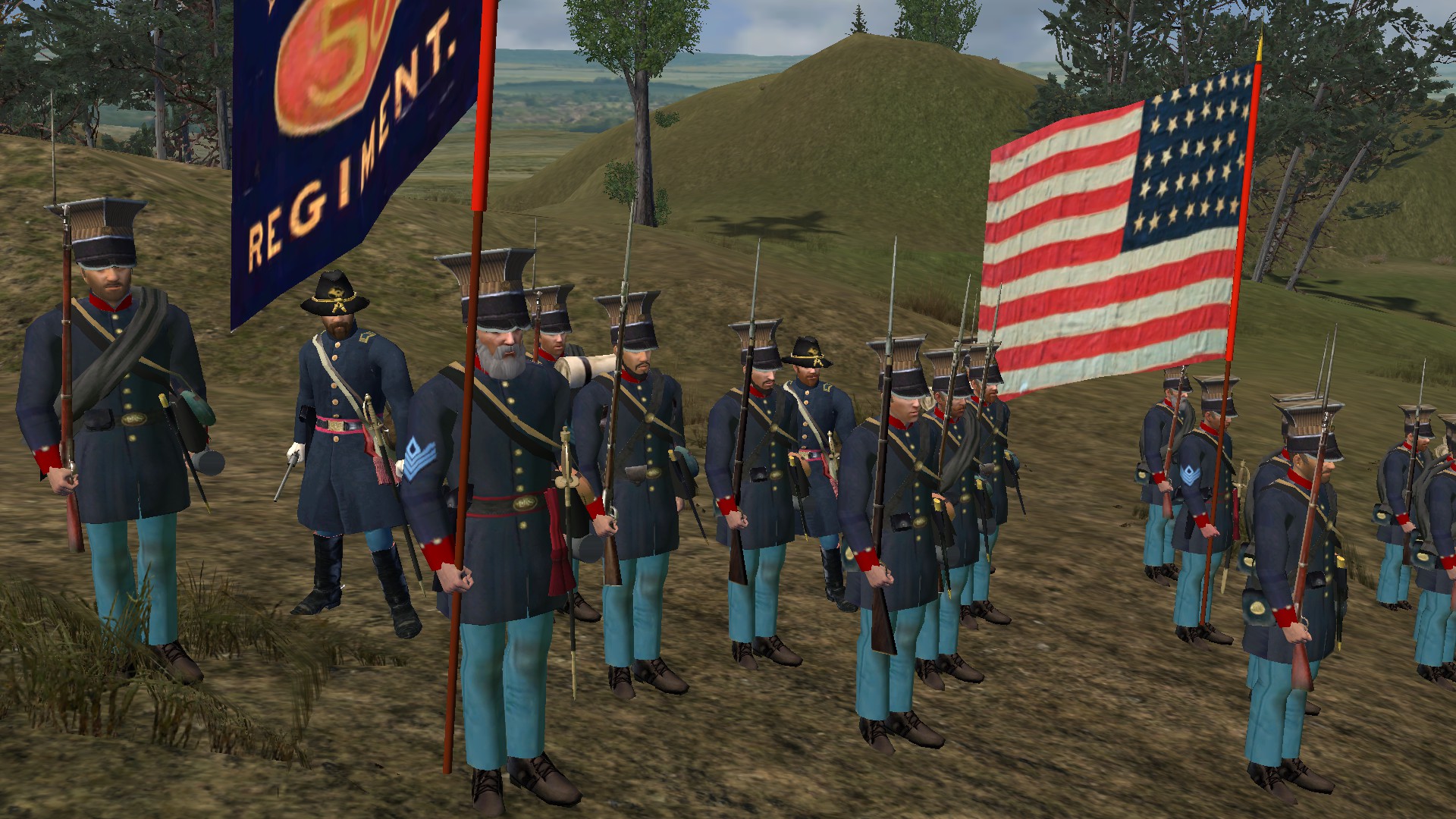
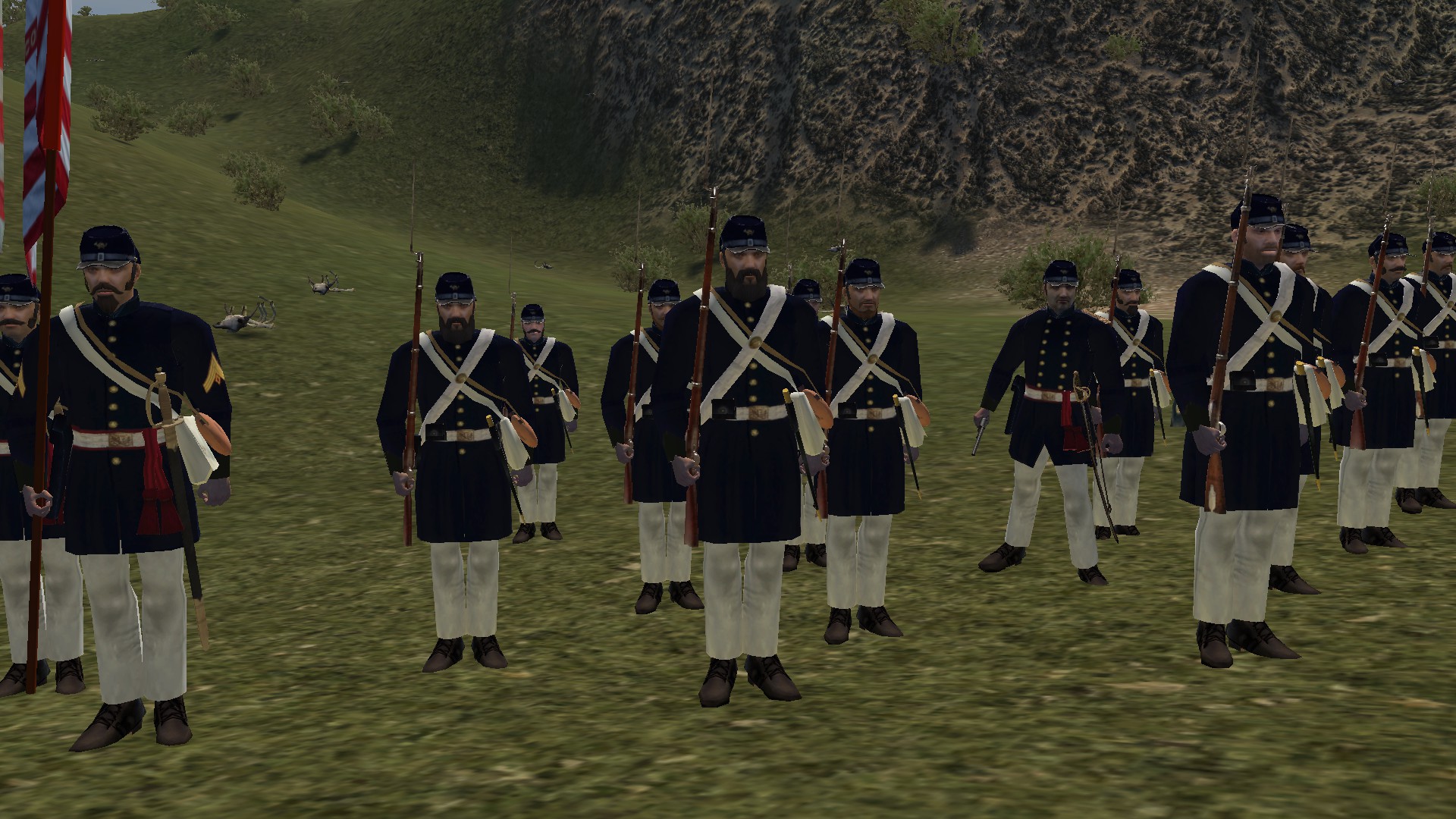
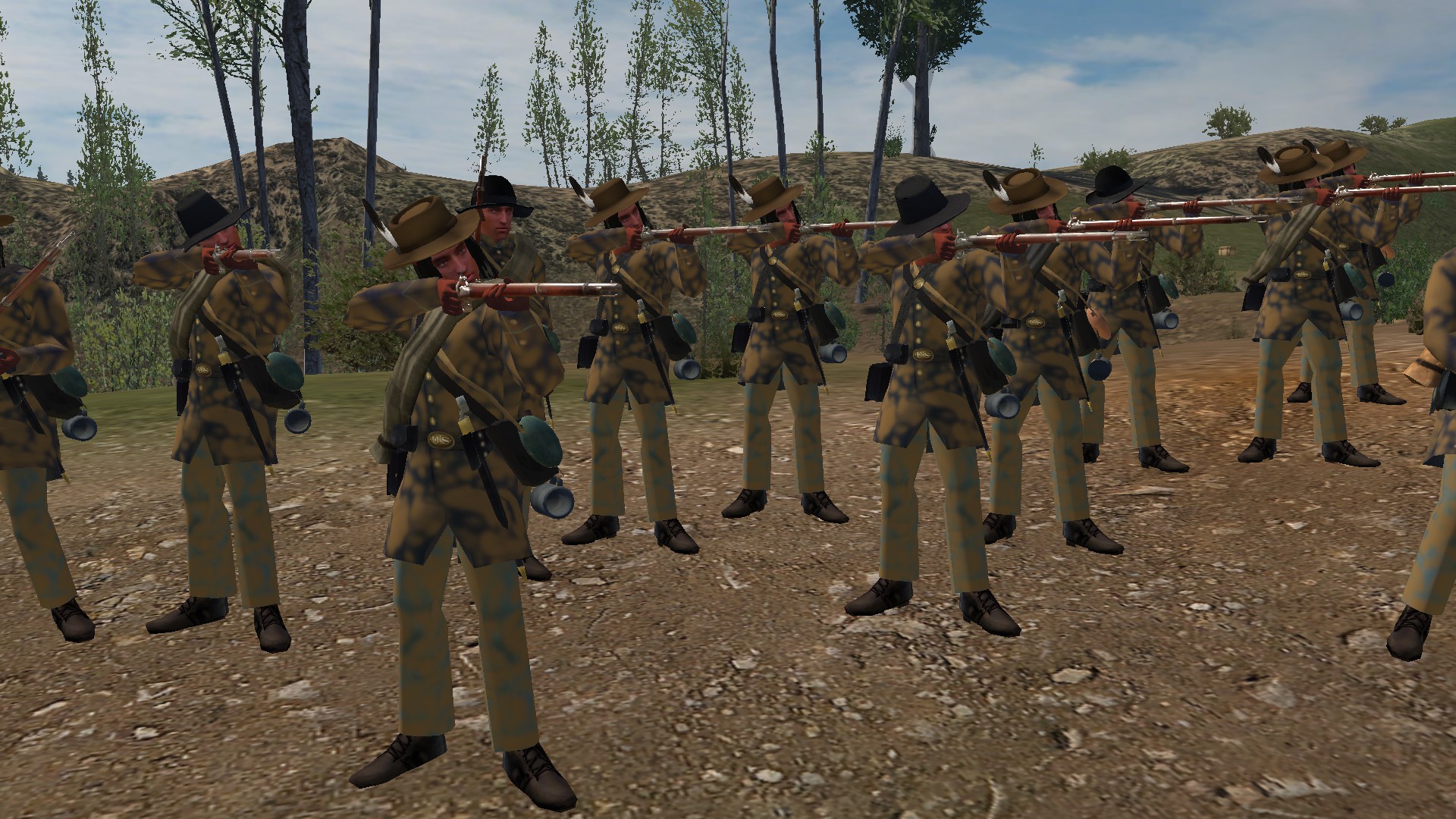
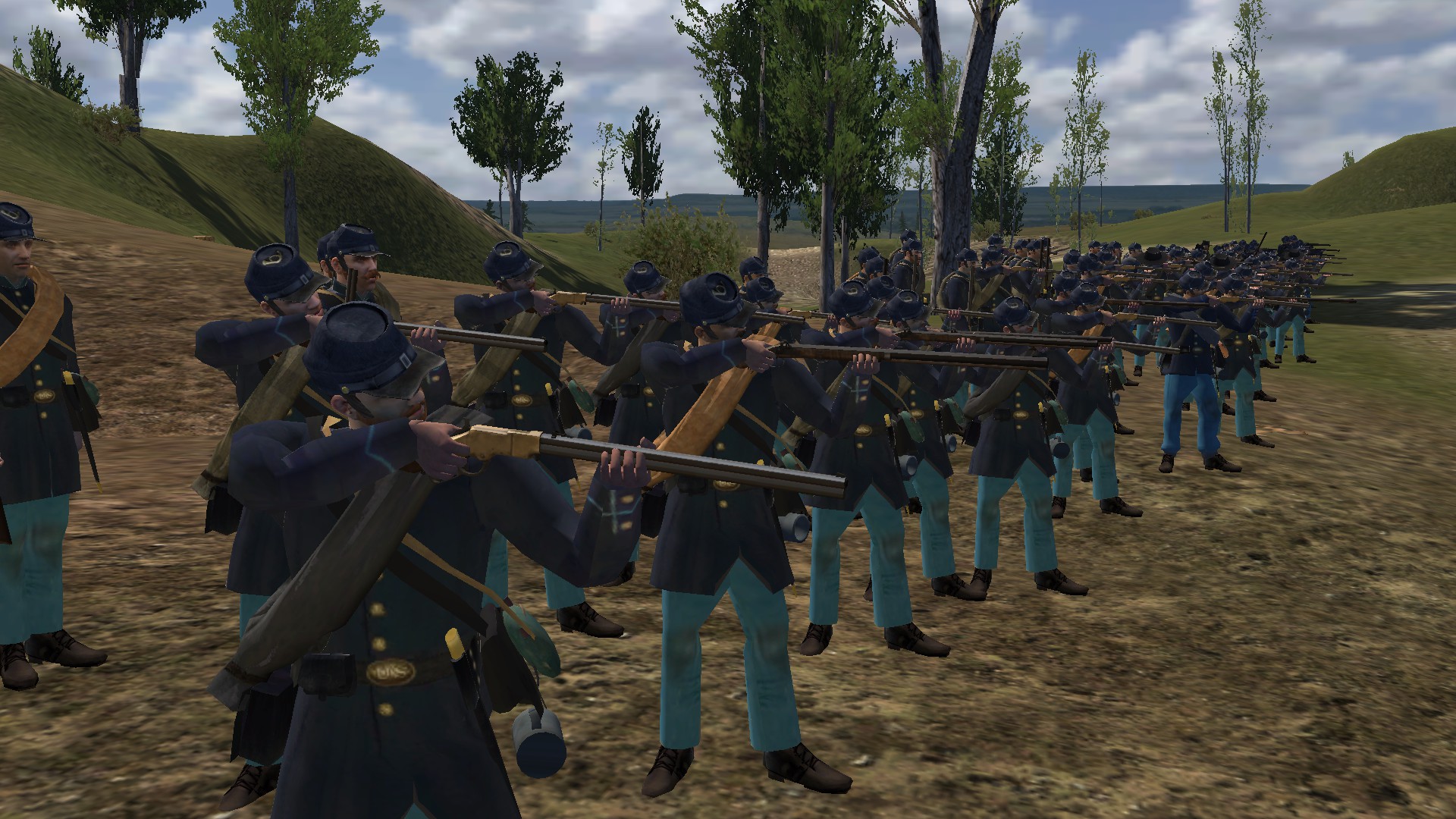
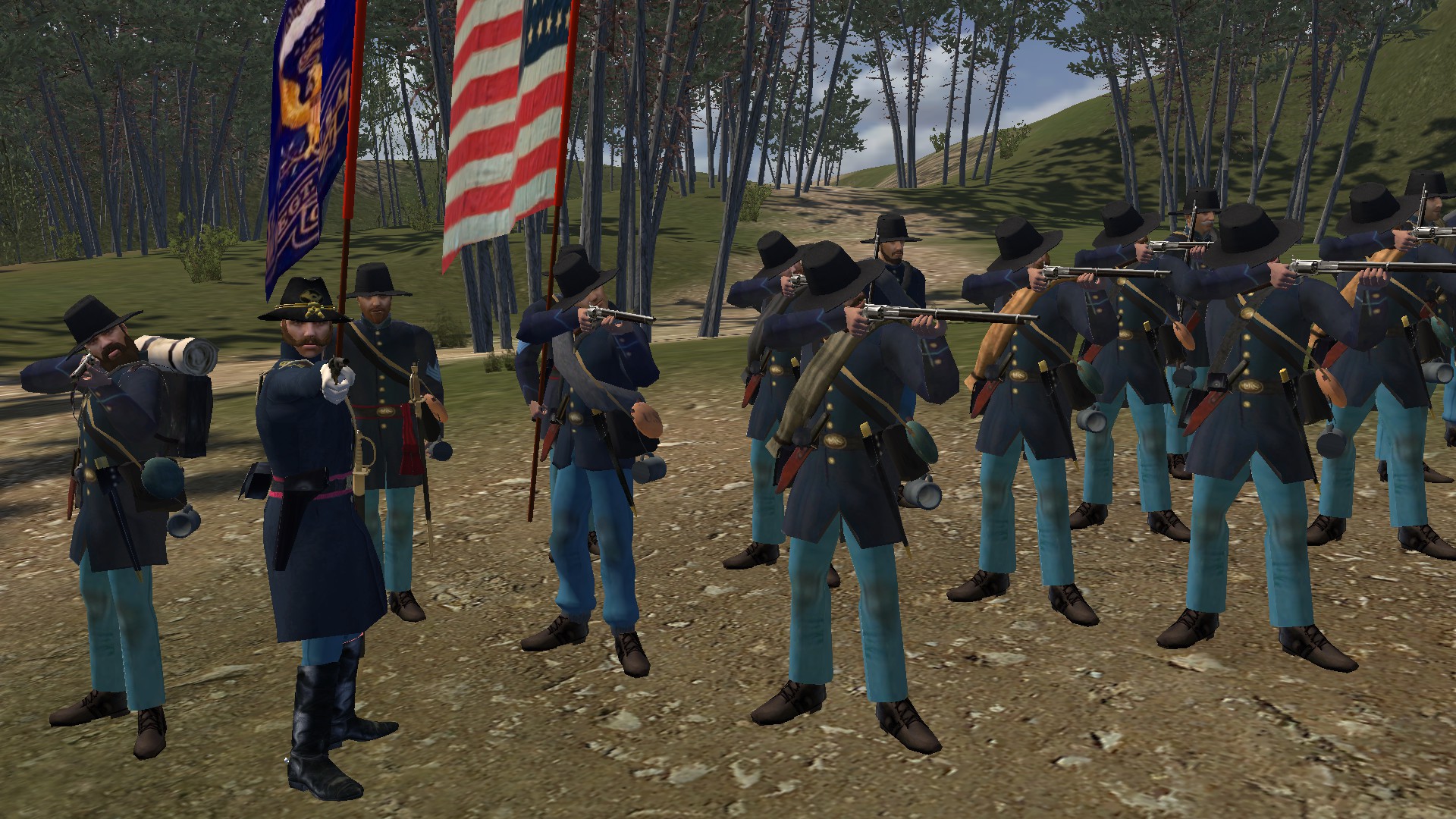
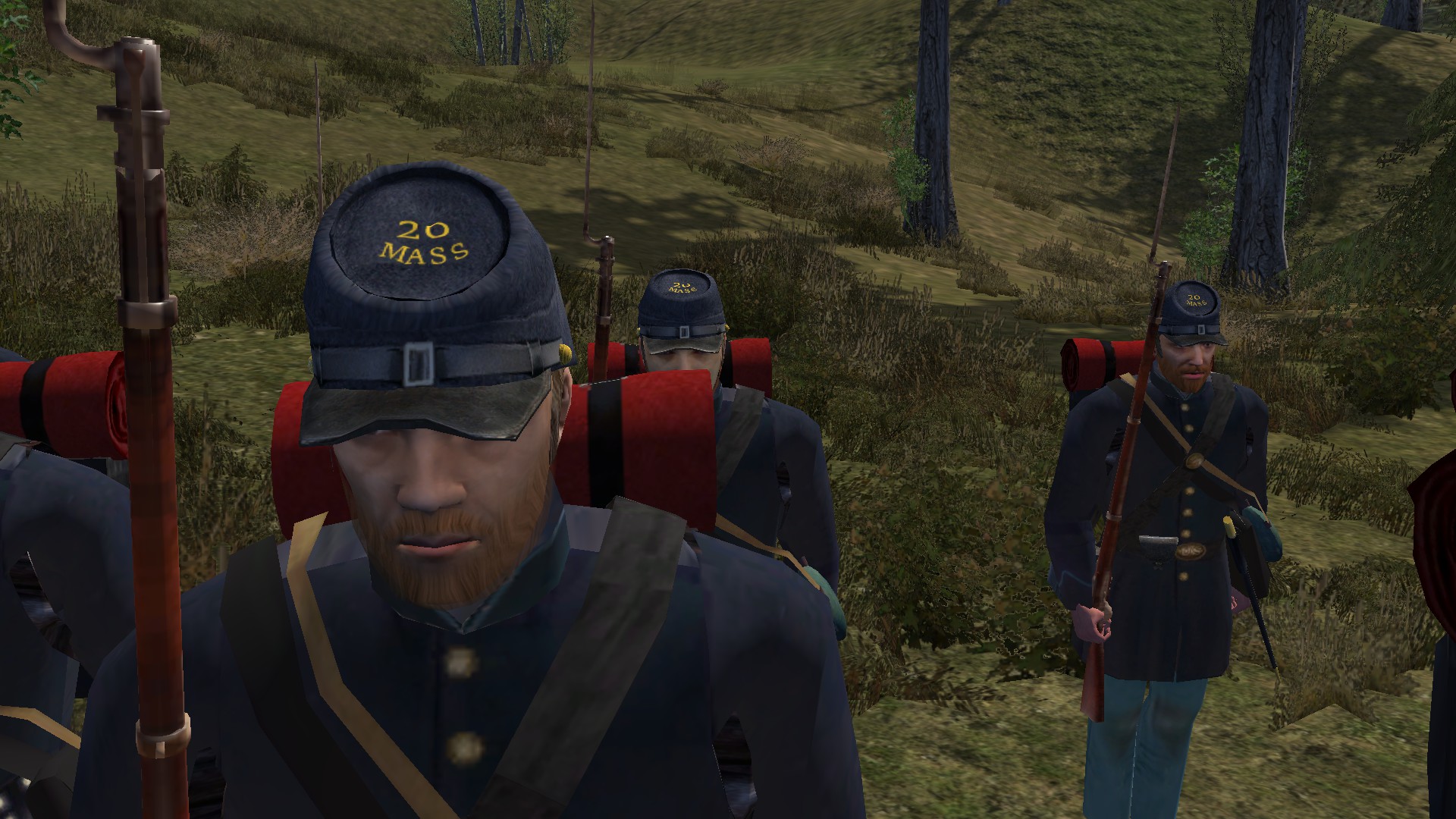
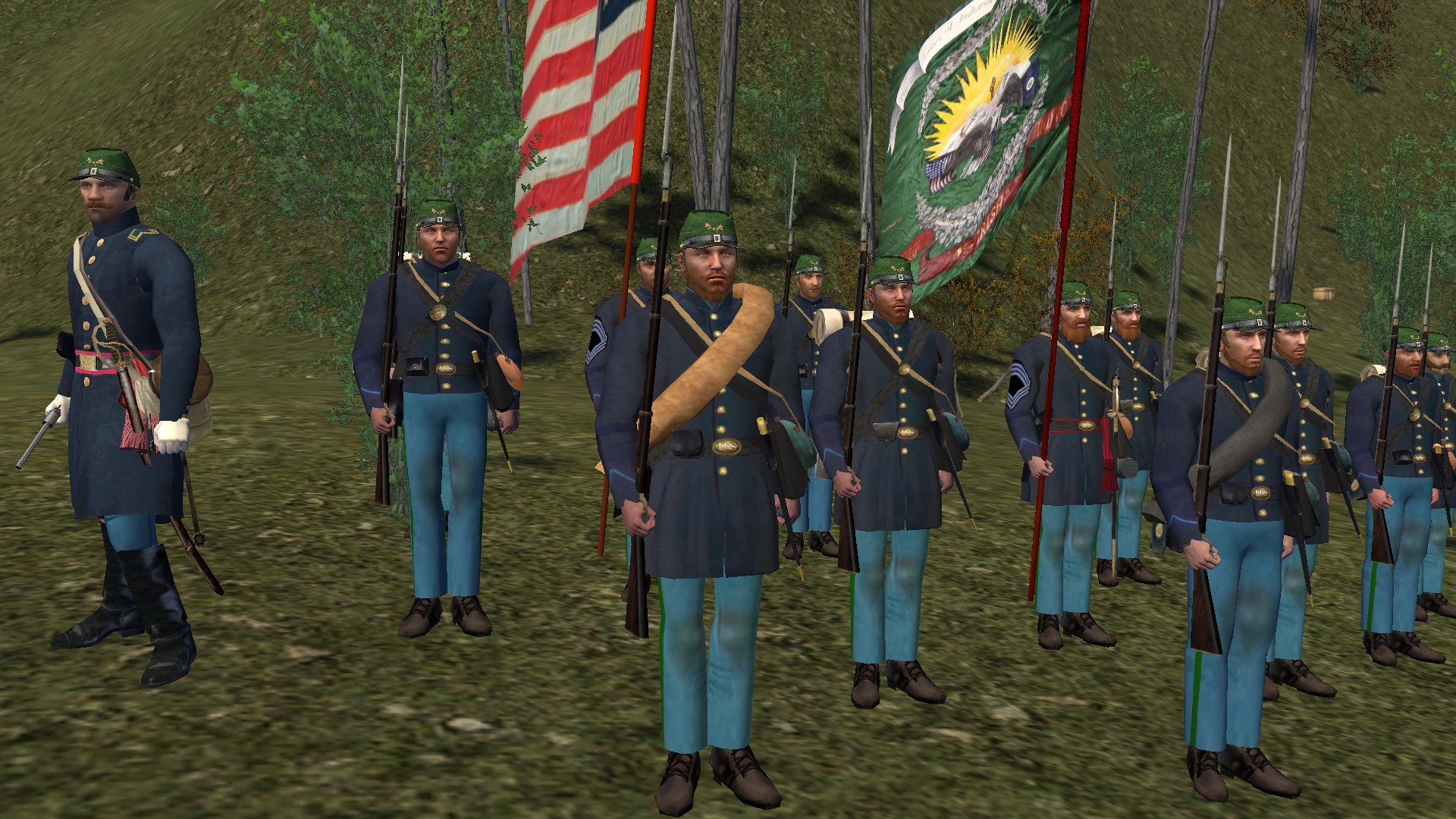
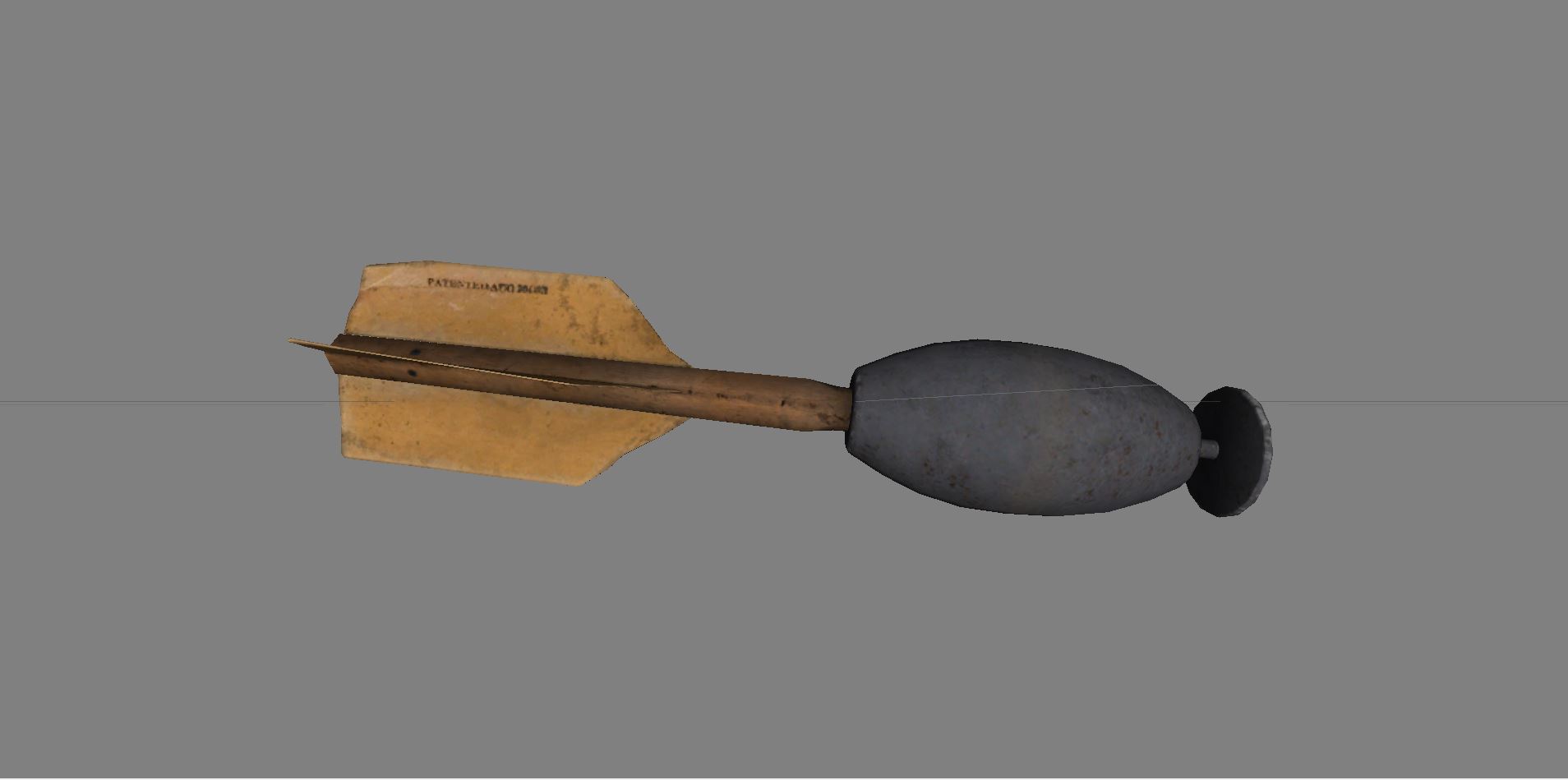
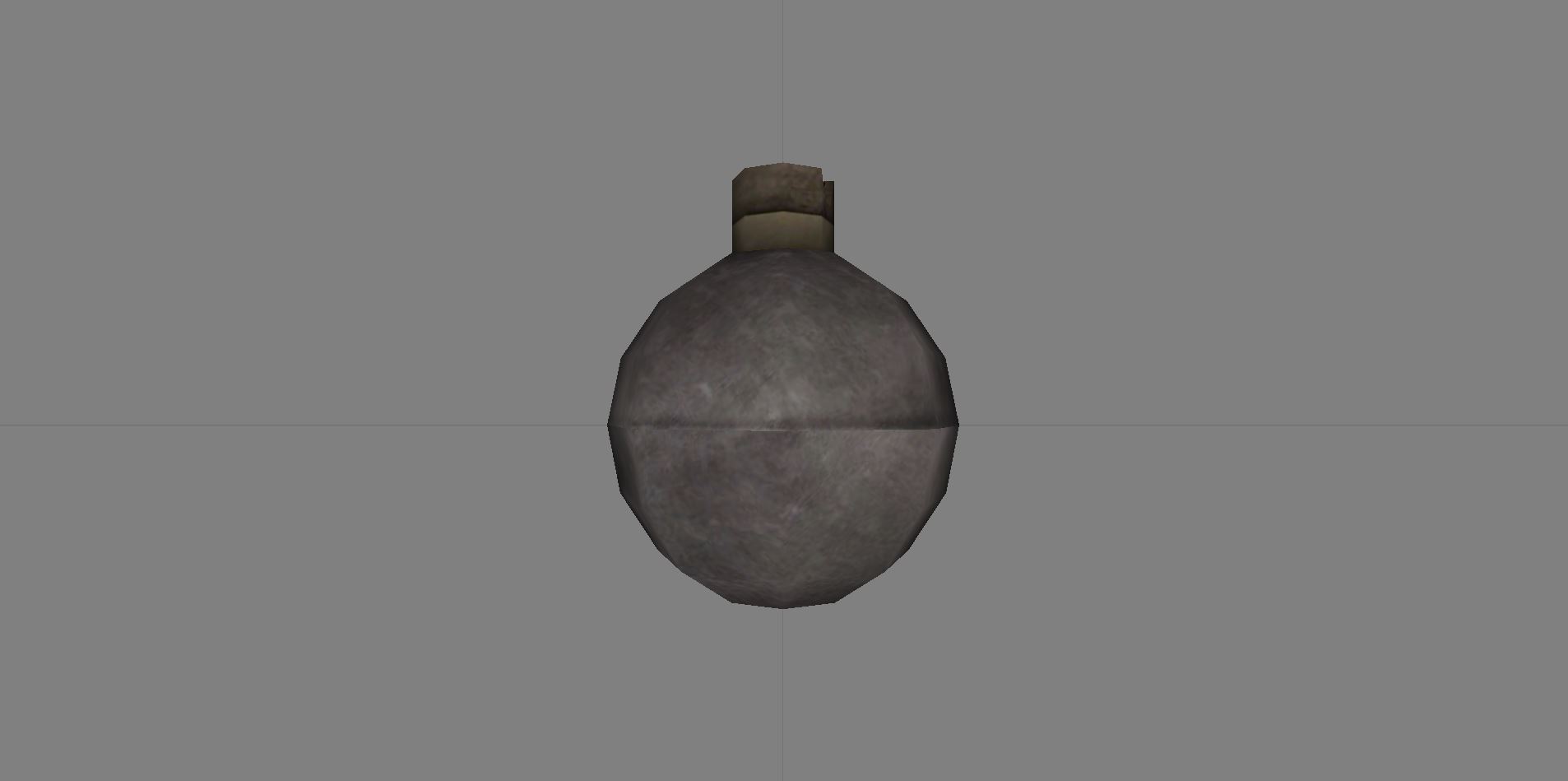


sweet
this mod is amazing one of my favs I think an American Indian wars mod would be amazing also keep the good work up!
Maybe one day someone will make an Indian Wars mod. Thank you and have fun! :)
Man, this mod warms up sweet memories from the time ambitious total conversions like this were more common. Am looking so much forward to giving this version a try.
I'm happy you're enjoying the mod so much, thank you! :)
Very nice work! My only complaint is that the taverns are almost unchanged from vanilla, and as such look out of place stylistically. I hope new tavern scenes are planned.
Thanks! Not all of the taverns use vanilla interiors. There are several custom one's, for example in New York City, Boston, Philadelphia, and New Orleans. I'll probably replace the worst looking vanilla taverns at some point.
This comment is currently awaiting admin approval, join now to view.